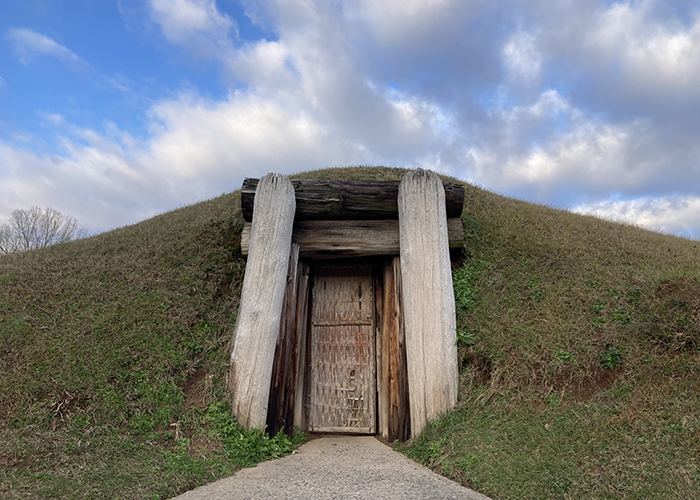 Previous Day |
Macon, GA → Atlanta, GA 91.3 mi (146.9 km) |
 Next Day |
Happy MLK Day, everyone!
One of the big reasons I chose to visit Georgia and Alabama when I did was to coincide with the day celebrating Dr. Martin Luther King, Jr’s birthday. After visiting the sites where he had an impact in Alabama, today I’m headed to his first, and final, resting place to pay some respects. First, though, I’m makin’ for Macon and a wander around Ocmulgee Mounds National Historical Park!
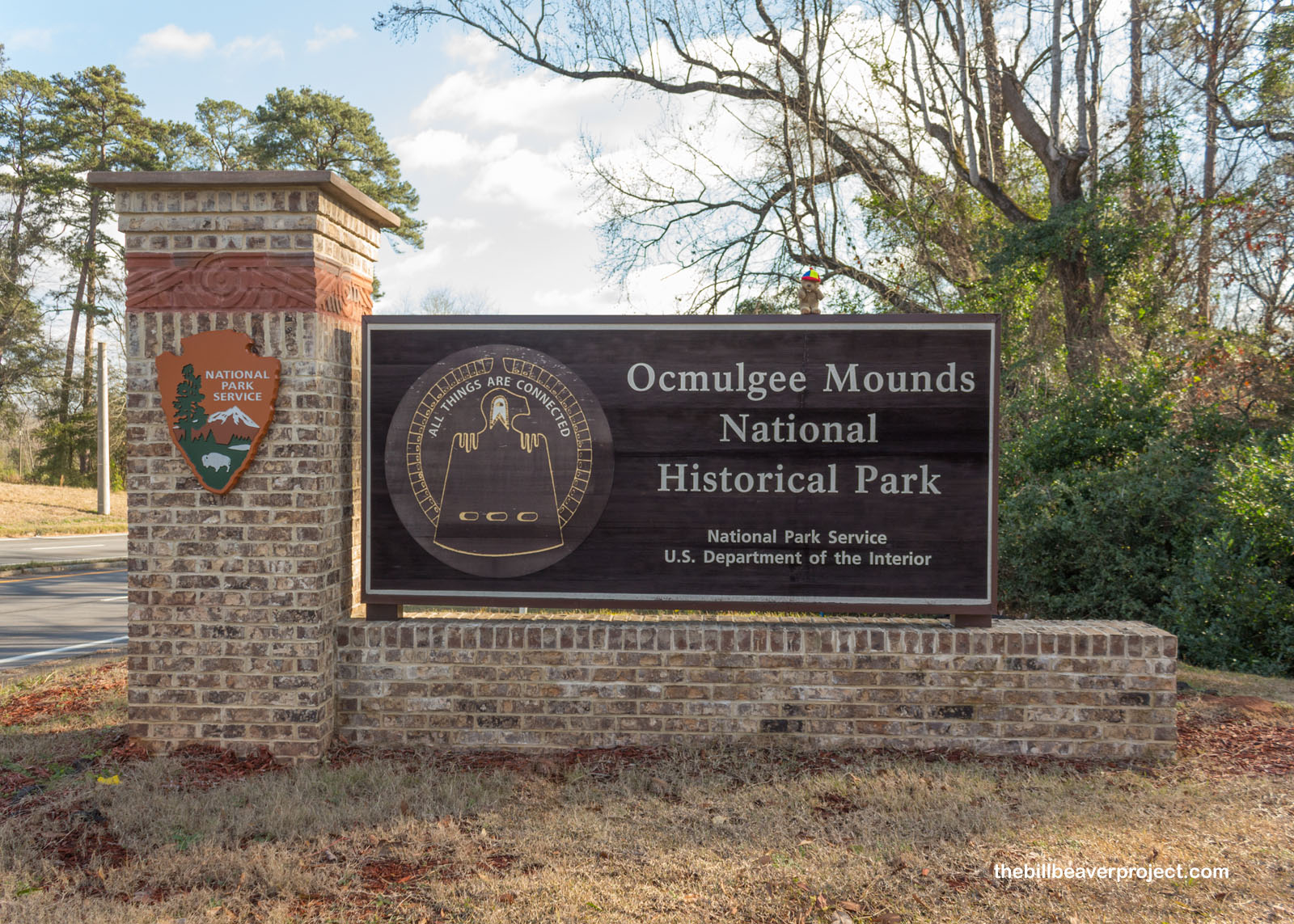 |
Like Poverty Point in Louisiana, the mounds at Ocmulgee date back to the Missisippian Period, around 900 CE, though this place has been inhabited by different cultures for at least 17,000 years! The way we know is because this, right here, was the epicenter of the largest archeological dig in US History: 800 excavators digging from 1933 until 1936! Directed by Dr. Arthur Kelly of the Smithsonian, this crew of Depression-era workers unearthed over 2.5 million artifacts!
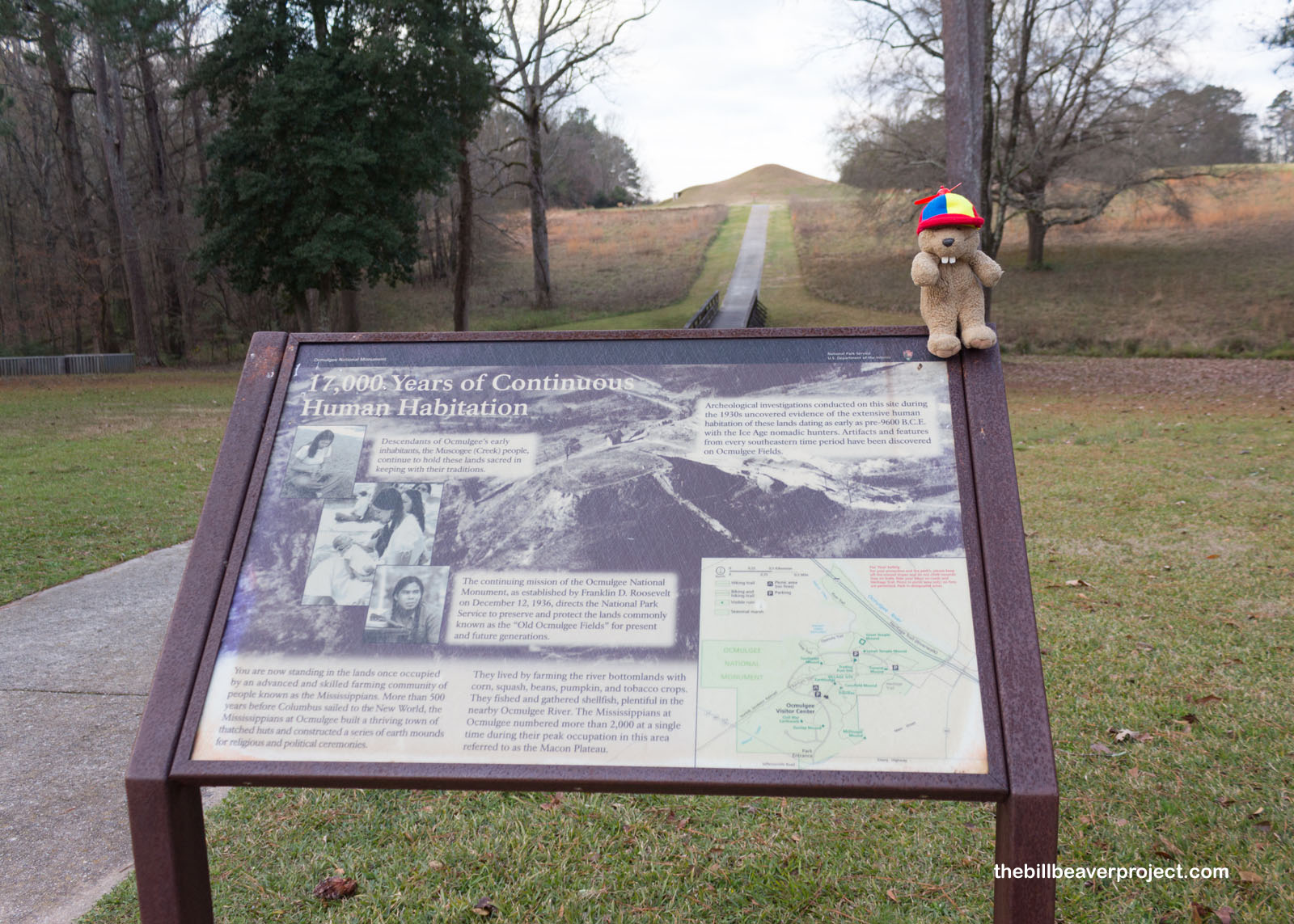 |
The crown jewel of the park is the Earth Lodge, where local leaders used to meet, circa 1,015 CE! We know that’s when they were around because of carbon dating from the clay floor, though the walls and ceiling are reconstructions dating back to the late 1930s, part of the overall excavation project!
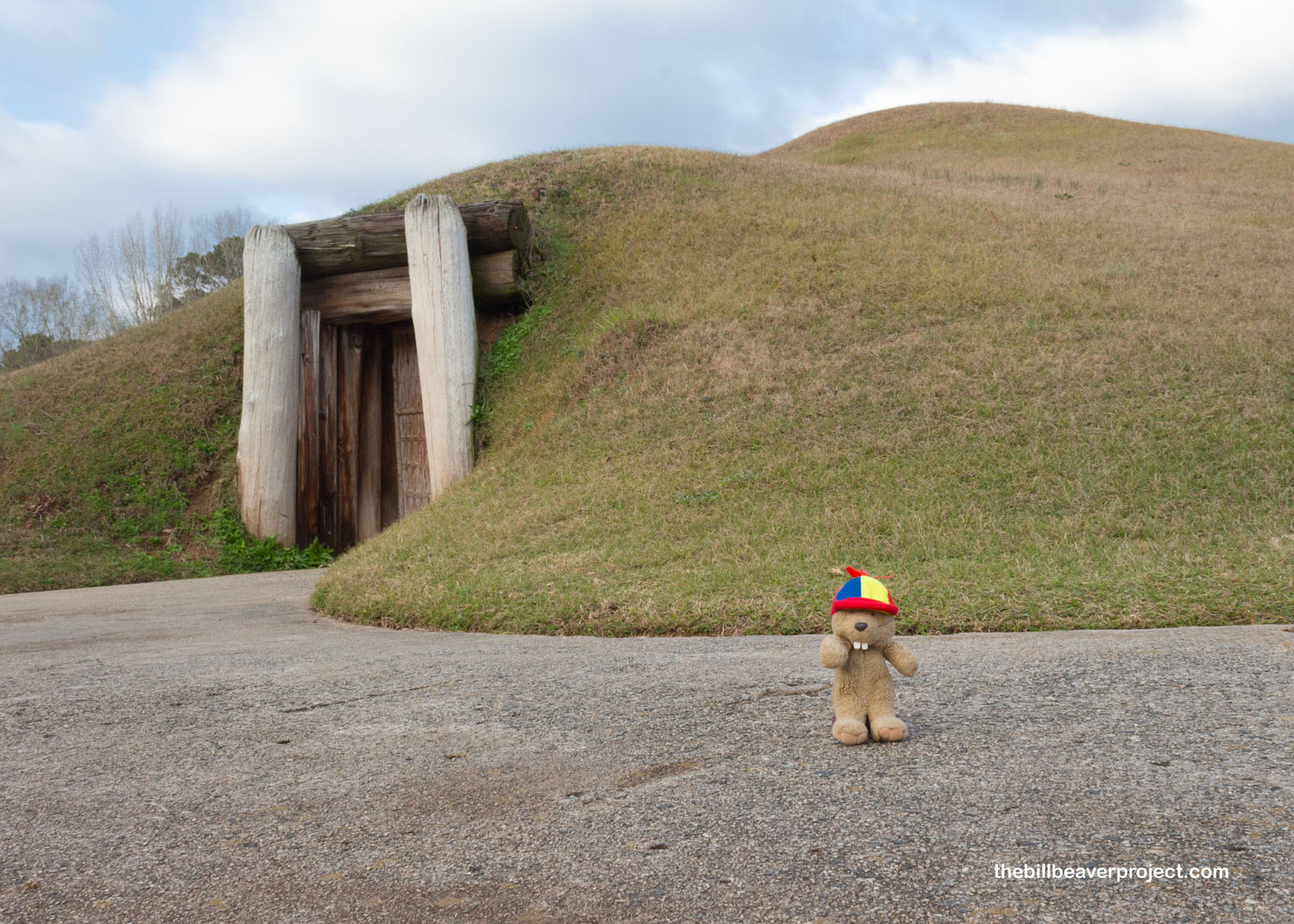 |
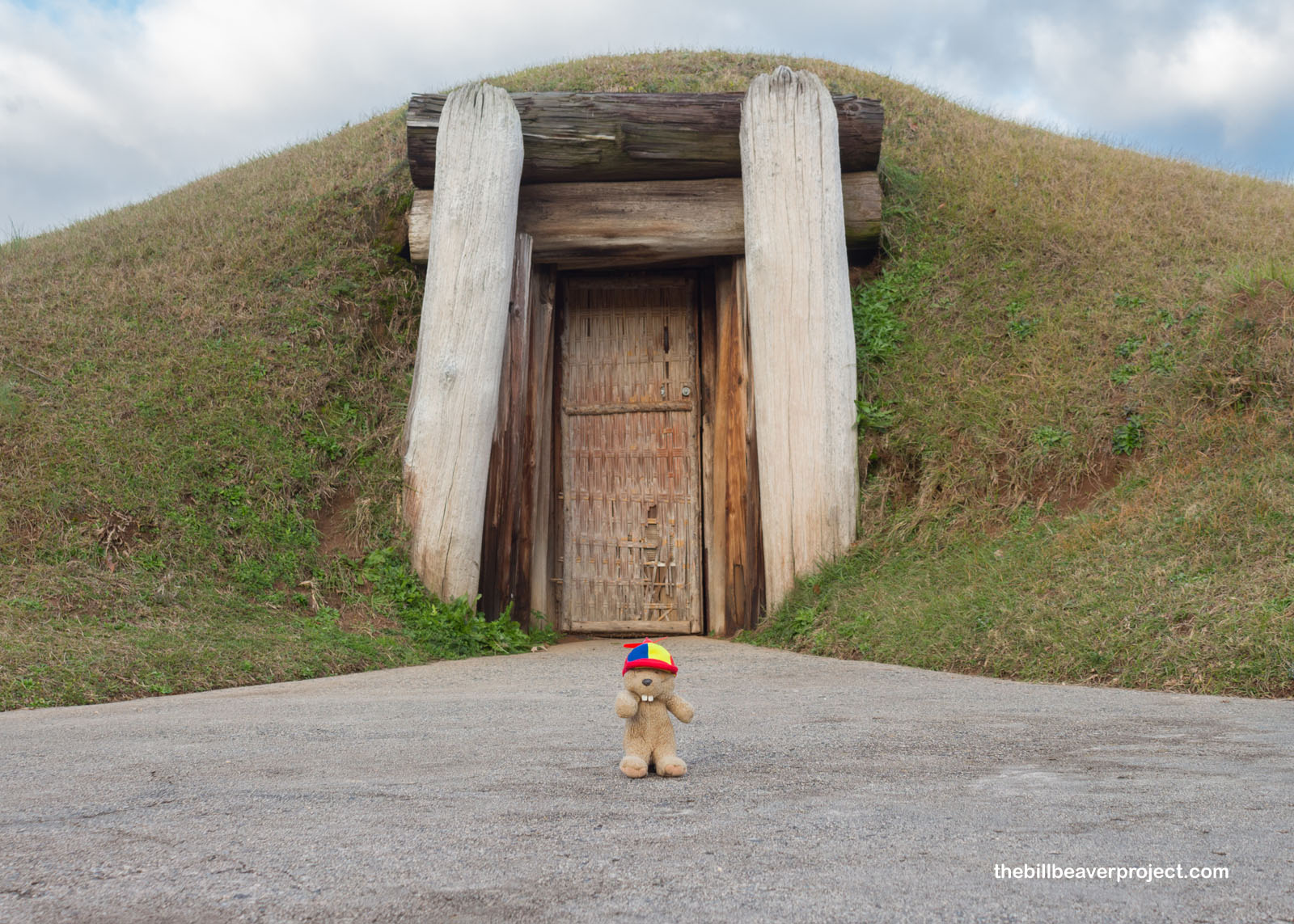 |
While many different cultures have lived here over generations, this area has a Hitchiti name! The Hitchiti were members of the Muscogee Confederacy, a group of tribes with similar languages, whose territory once spanned modern large parts of modern Georgia and Alabama. Their proximity to the creek here is what gave them their English name: Creek! The English themselves started trading with the Muscogee here in 1690, and lots of Muscogee folks moved here to get access to metal goods like guns and iron pots, as well as cotton cloth! This trading post only lasted until 1715 when the Yamasee War broke out over the British practice of catching and selling Native folks into Caribbean slavery! This post burned, and refugees fled Ocmulgee to the Chattahoochee and Tallapoosa Rivers, which I explored a few days ago!
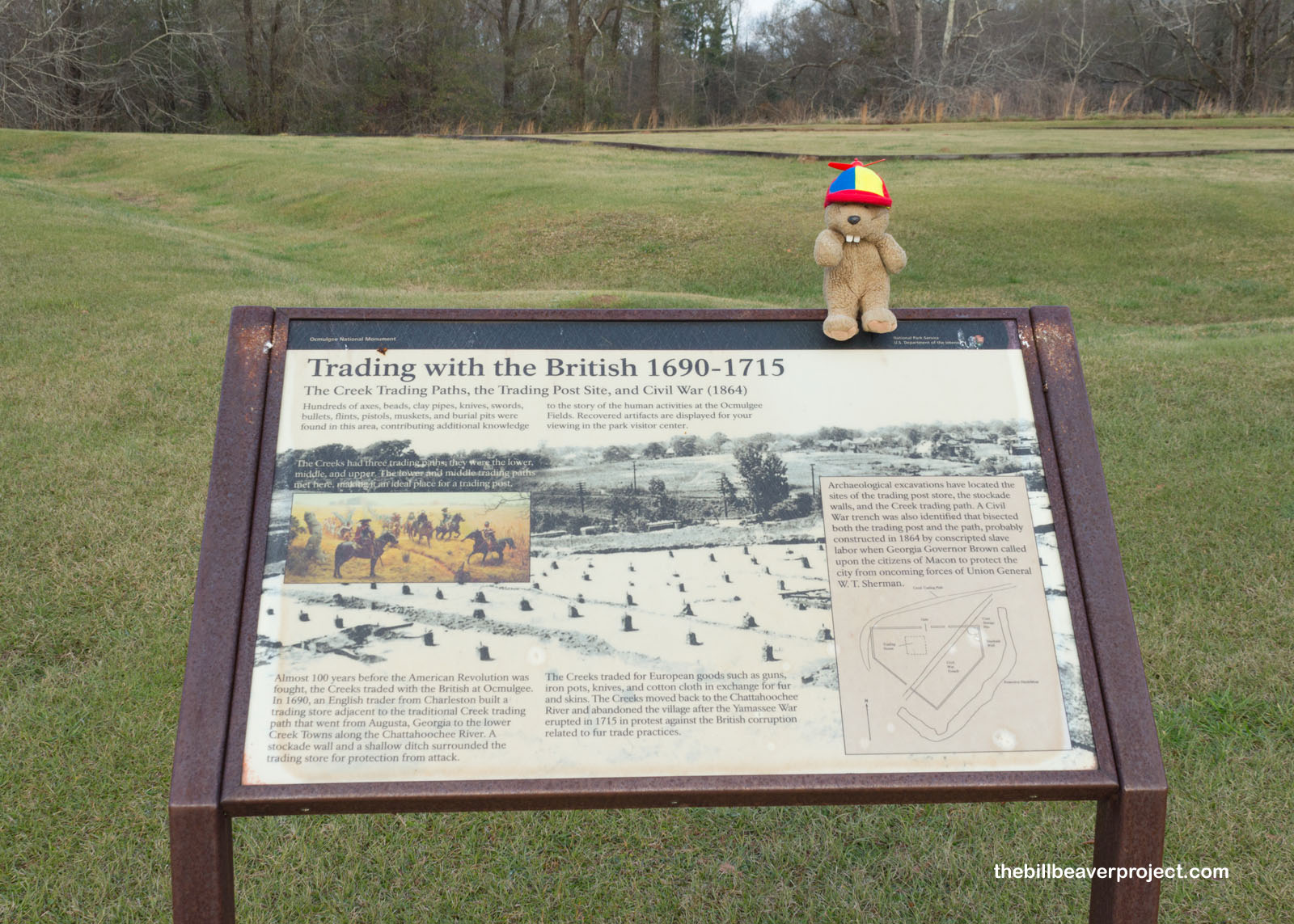 |
Things didn’t stop being dangerous in 1715 either! The Ocmulgee River is full of alligators, which are called hulpu’tu by the Muscogee, who made many a meal of them. I didn’t say it was dangerous just for humans! While I didn’t think they’d be out in January, I sure as heck wasn’t going to chance it, nor was I about to wander into the bushes to see if the ticks (ēfku’nco in Muscogee) were biting. A good rule of thumb in national parks, if you have thumbs, is to stick to the trail anyway!
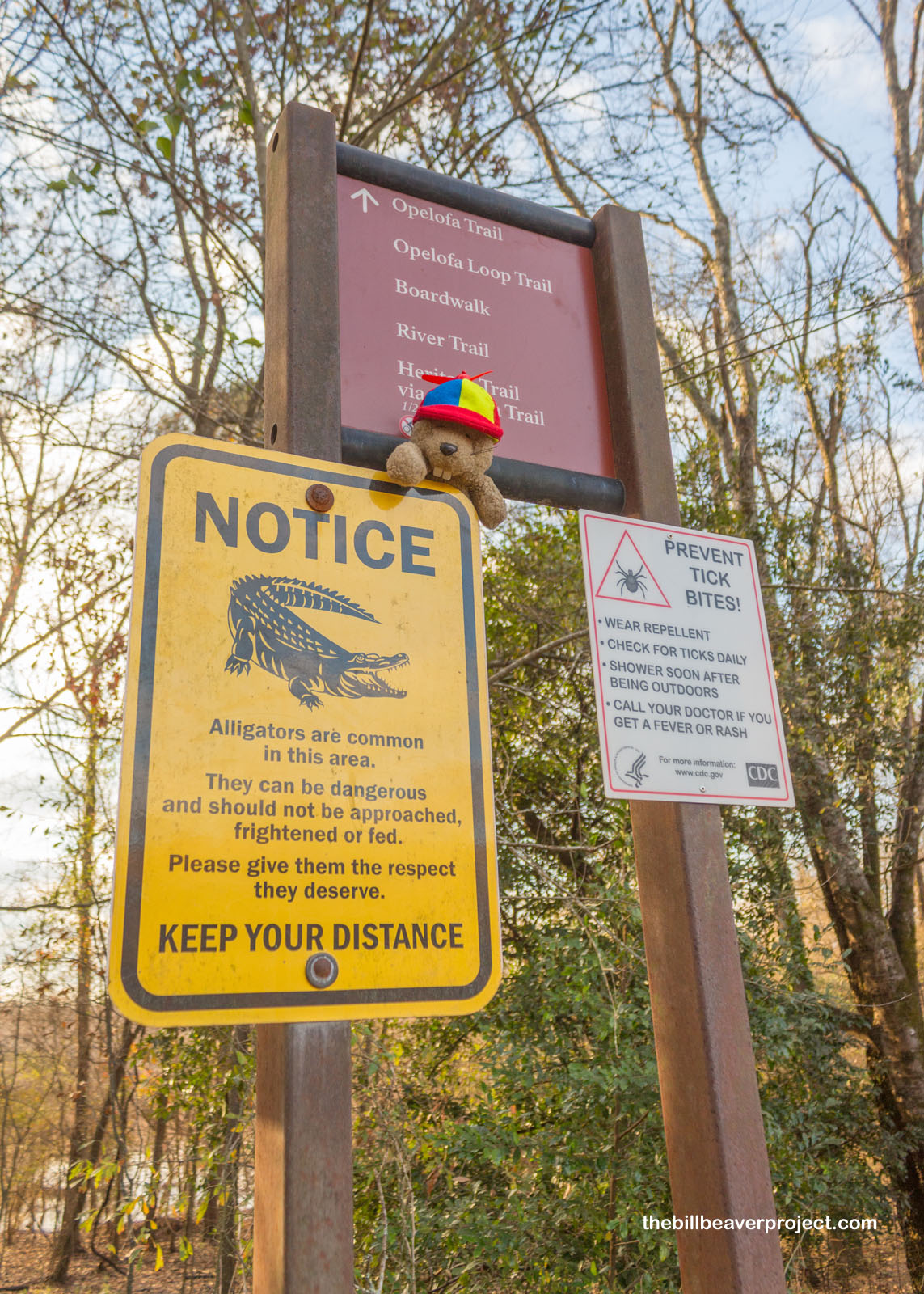 |
It was a good thing I stayed inland too, because the next stop was the Great Temple Mound, the largest in the park! This mound was 55 feet tall, believed to be made of 10 million baskets of dirt! This is where the chief, micco in Muscogee, would live, with his second in command on a smaller mound nearby!
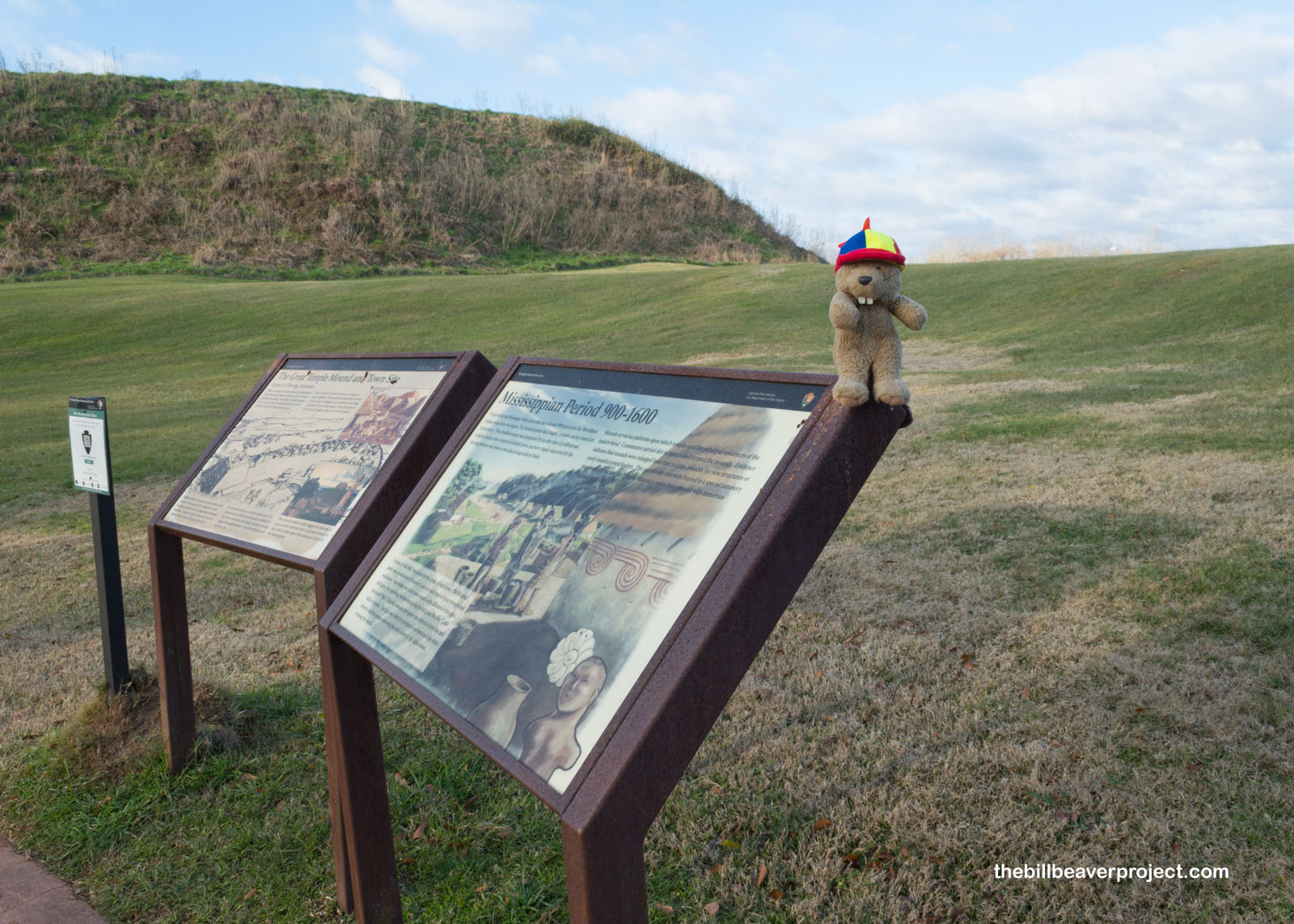 |
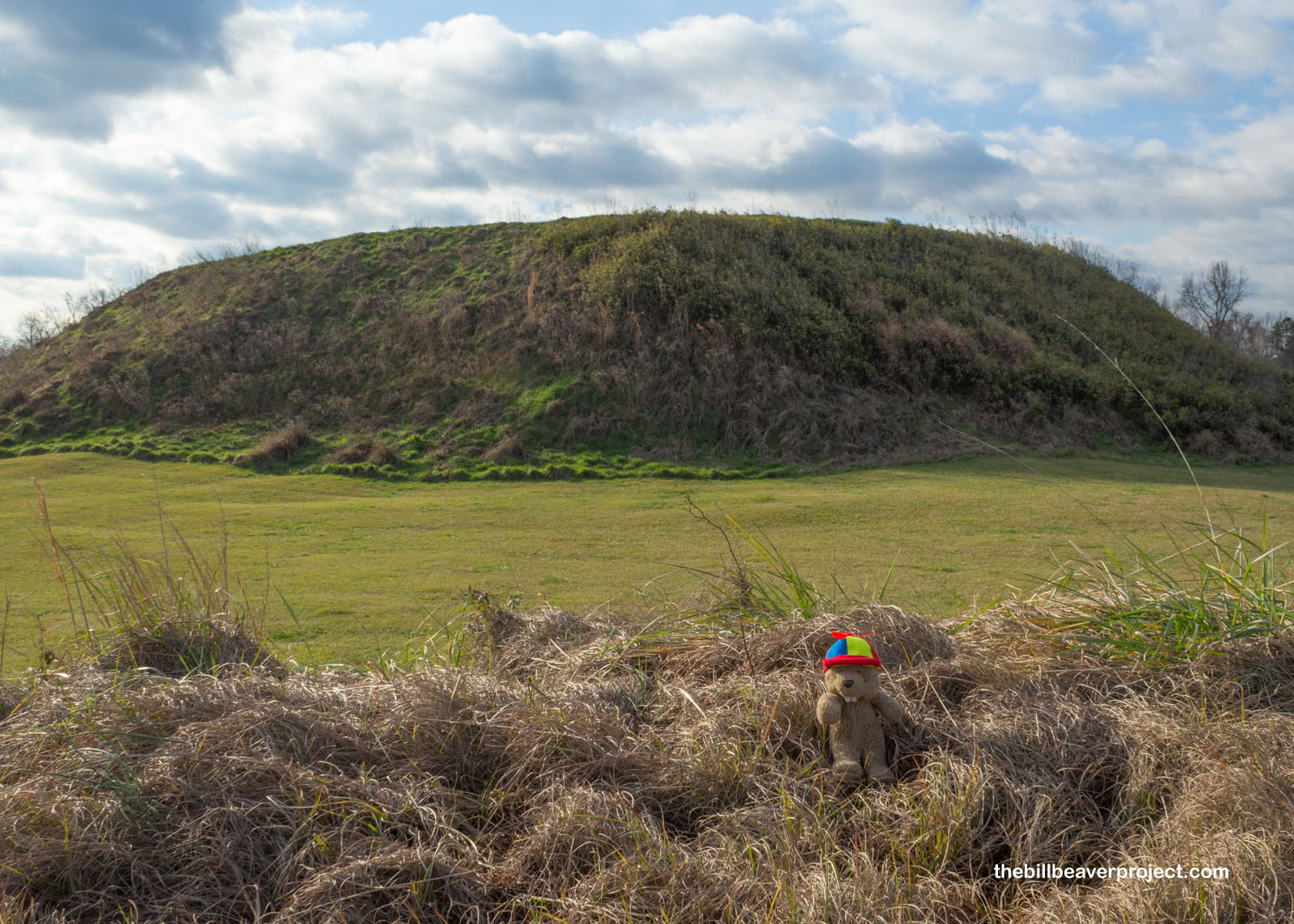 |
And what a view he must have had! After climbing up the stairs that keep this mound from eroding under thousands of footsteps, I got a good look at the Lesser Temple Mound and the old village at large! Originally designated a national monument by FDR in 1934, it was just three years ago that Ocmulgee National Monument expanded to 2,800 acres and became a national historical park!
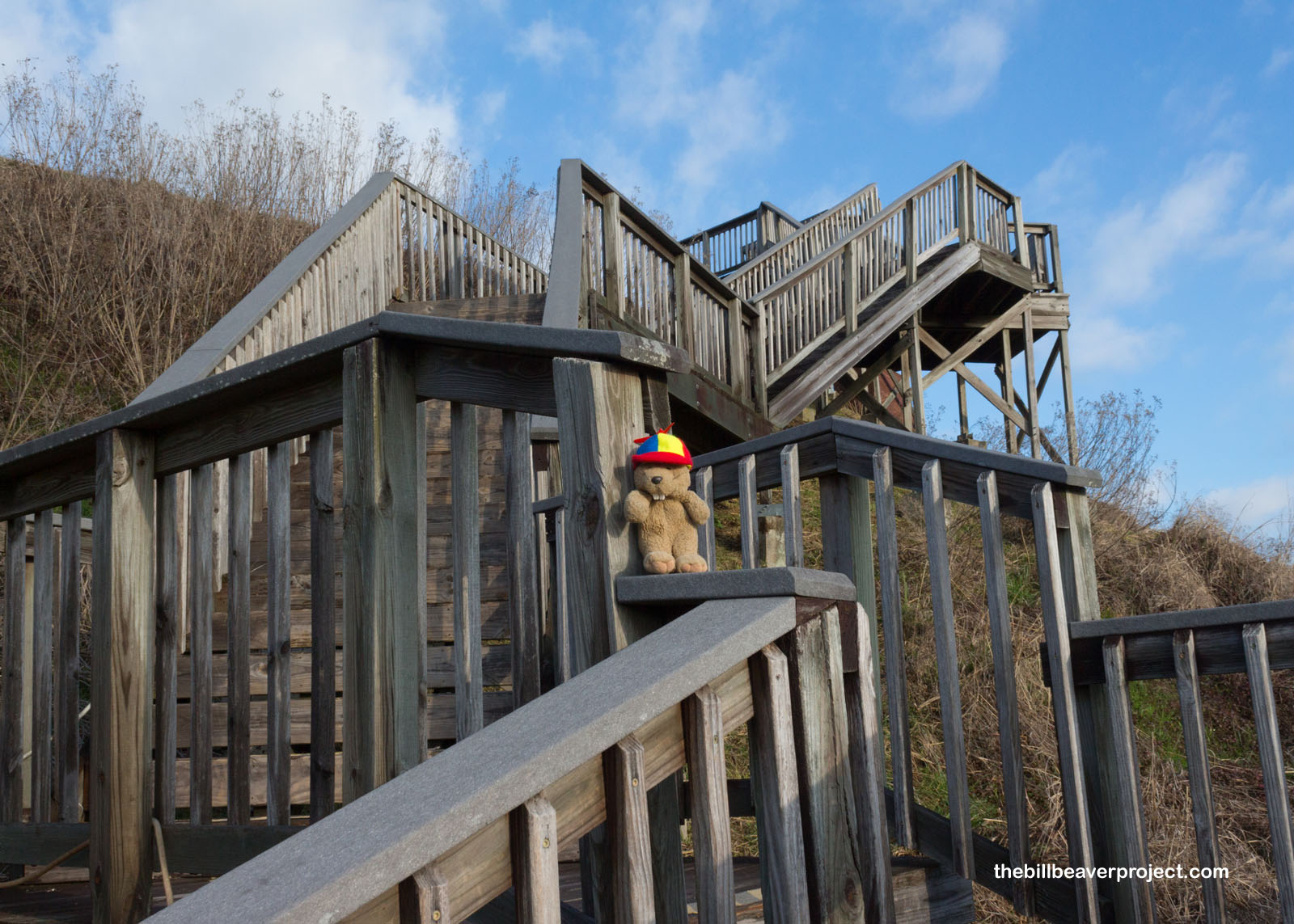 |
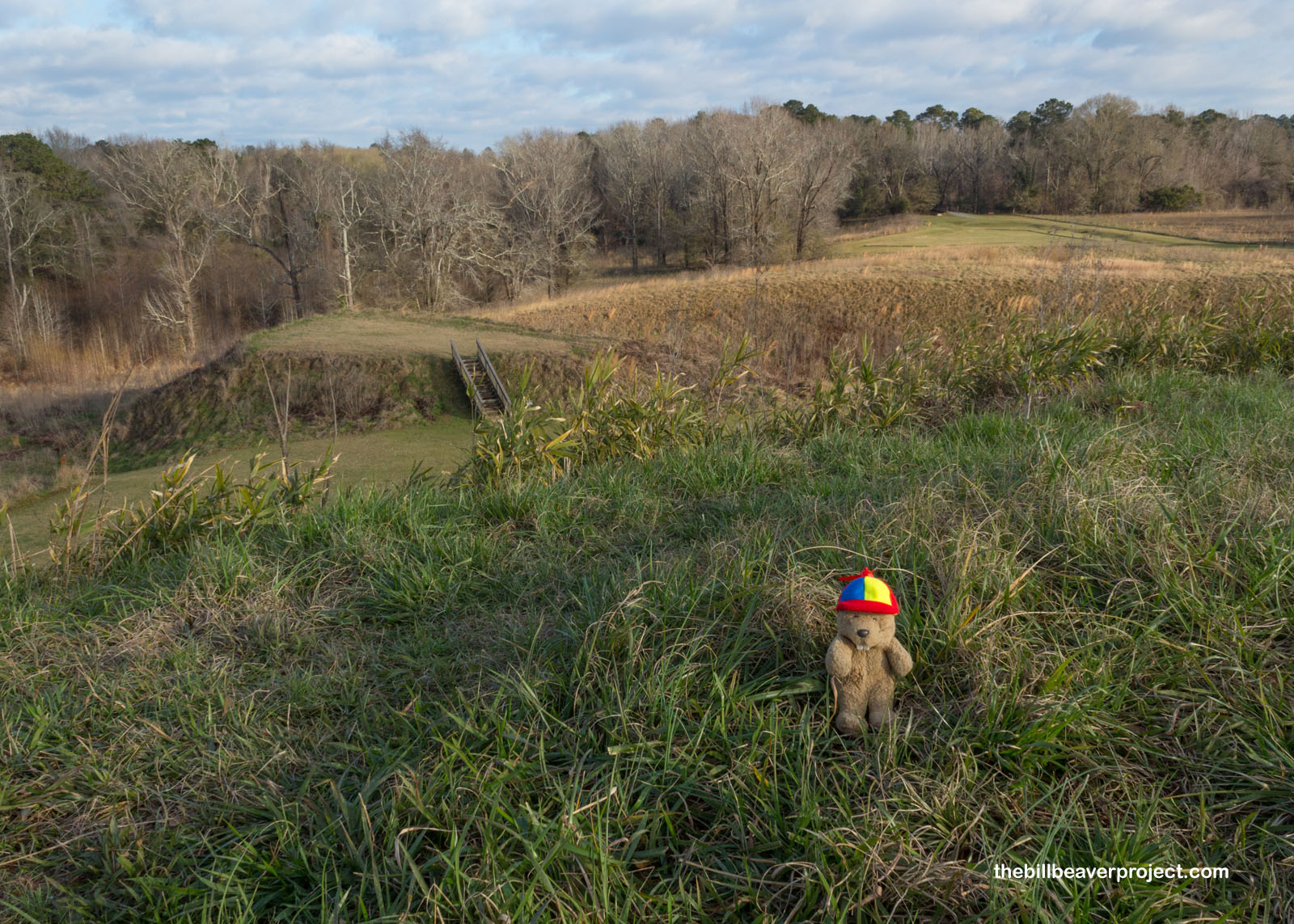 |
I started my stroll back to the visitor center through some super tranquil woods and paused at the Southeast Mound, much smaller, and younger, and even more mysterious than the Greater Temple Mound! This mound was heavily damaged by ploughing before anyone thought to preserve them, but we know it was younger than the others because it was built outside the boundaries of the original village!
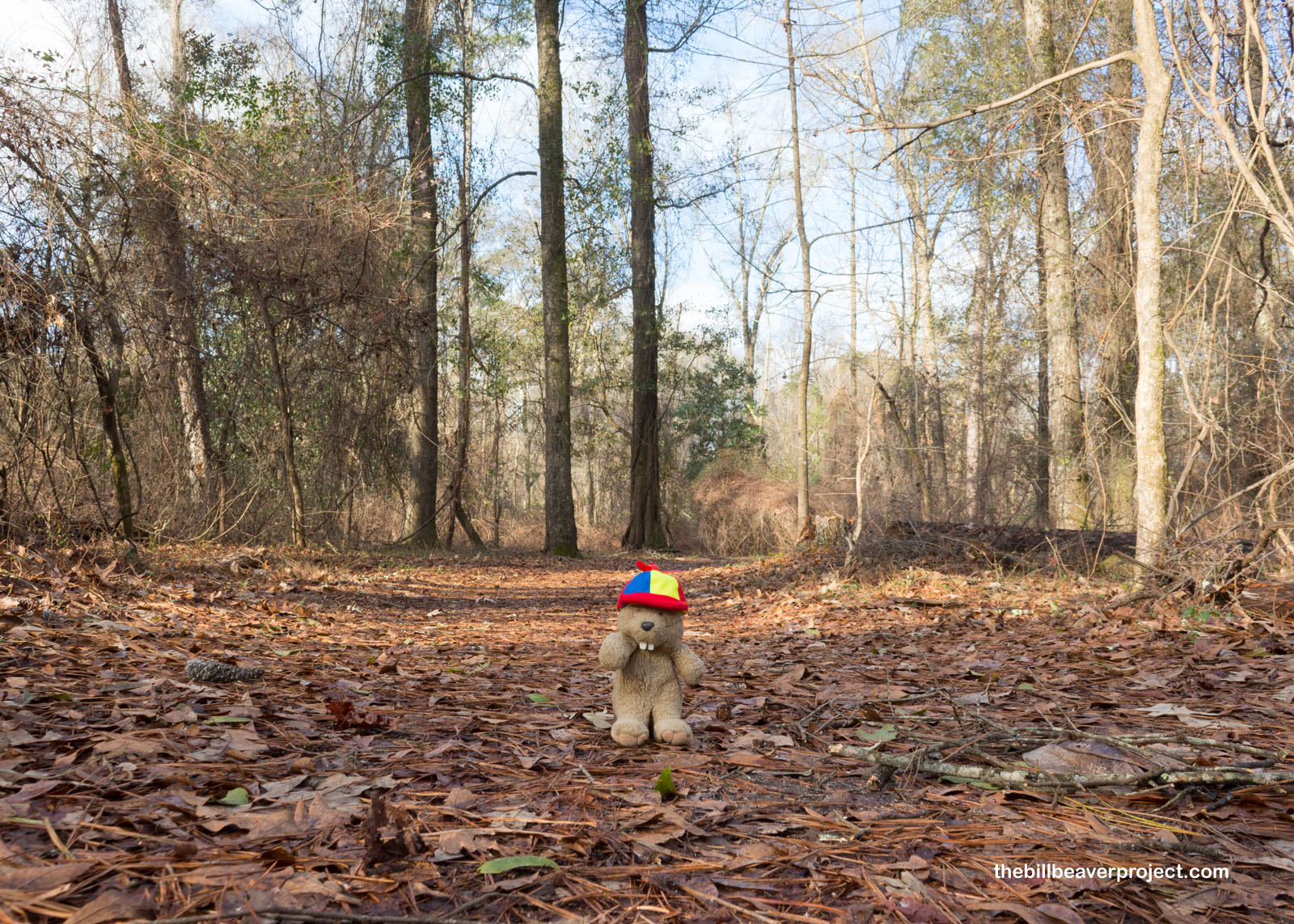 |
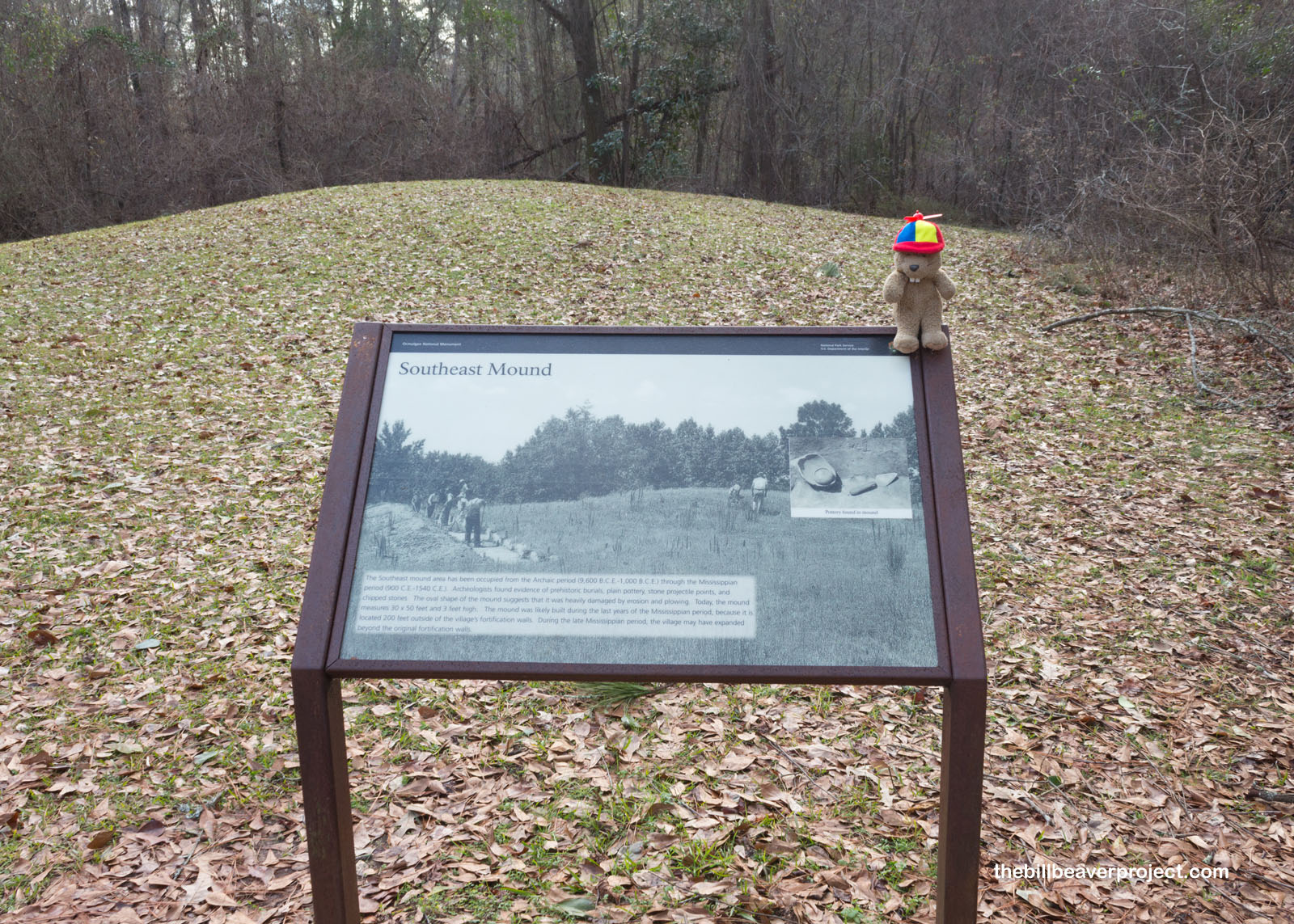 |
Speaking of heavy damage, we may never know the full extent of the mounds, because the Central Railroad and Canal Company built their Macon-Savannah connector line right through the mounds in 1843! Construction destroyed part of the Lesser Temple Mound and not only unearthed artifacts but also bodies, especially when they rerouted in 1873 and blew up half of the Funeral Mound! That line is still in use today.
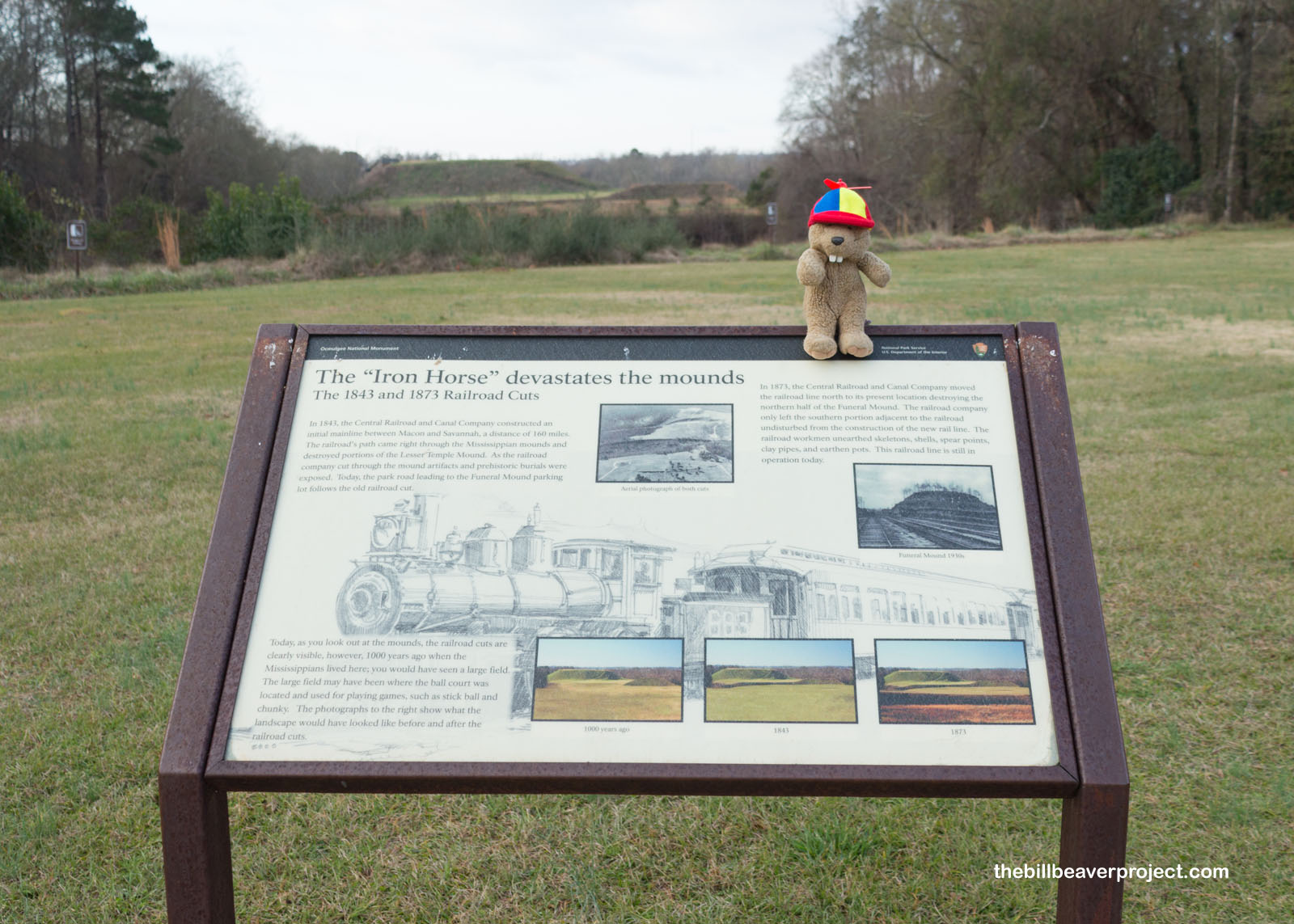 |
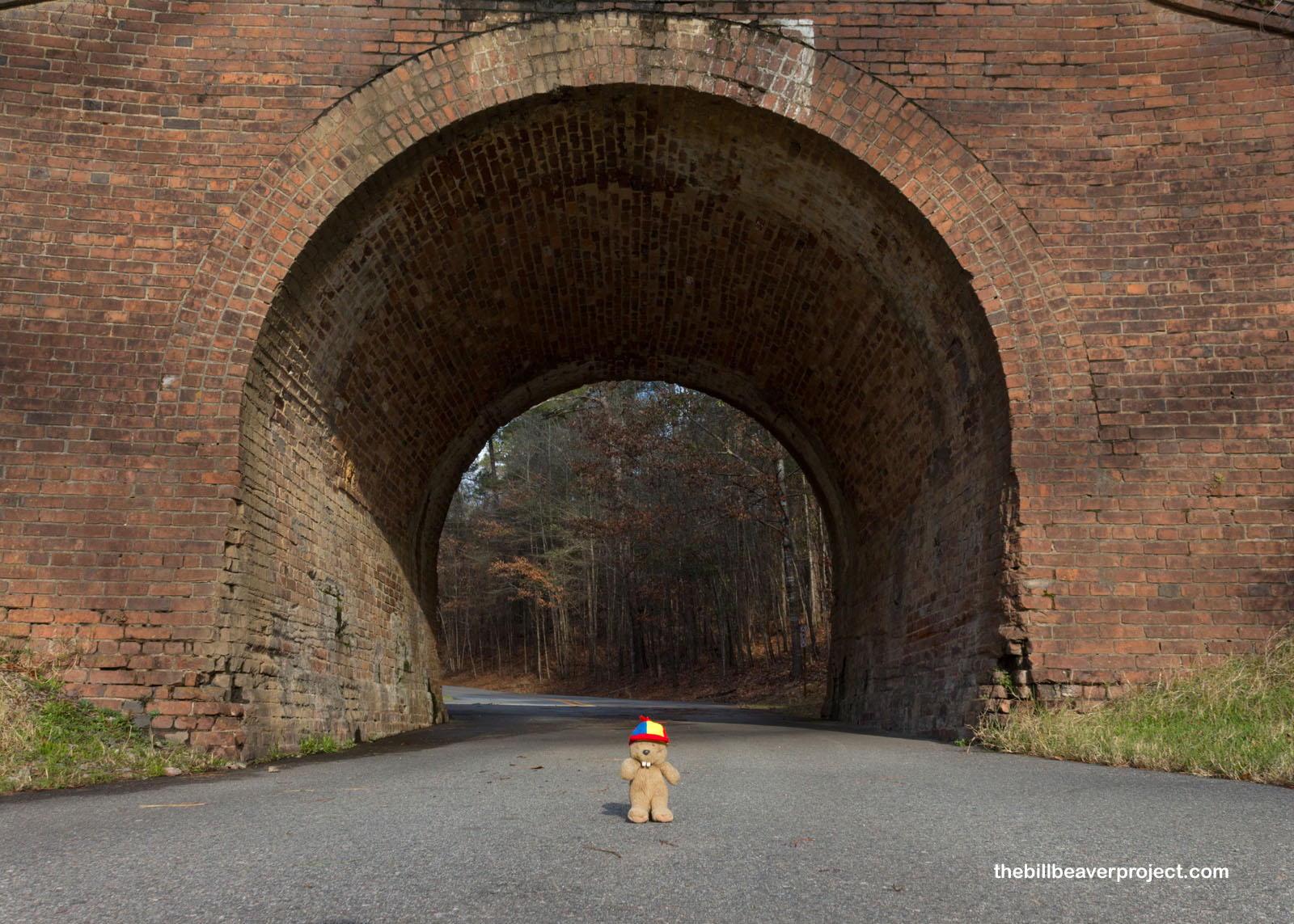 |
From there, I departed Ocmulgee Mounds and headed north to Atlanta. After all, it was Martin Luther King, Jr. Day, and daylight was a hurrying through! What was not hurrying was the traffic. Blocks upon blocks around Martin Luther King Jr. National Historical Park were barricaded, and I wondered what wild event had happened to close it off!
It was especially concerning given the Omicron COVID surge happening right now. The park facilities are still closed because of the virus. Back in LA, the cases are coming down from a height of 59,000 cases per day to Friday’s count of 36,000. Meanwhile, over here in Fulton County, there were 1,316 new cases, down from a high of 9,398. Boy, LA really has had it rough! But that didn’t stop the celebrations in honor of the civil rights leader. In fact, there was a whole to-do with music and sermons and tours all set up in celebration of Dr. King’s holiday!
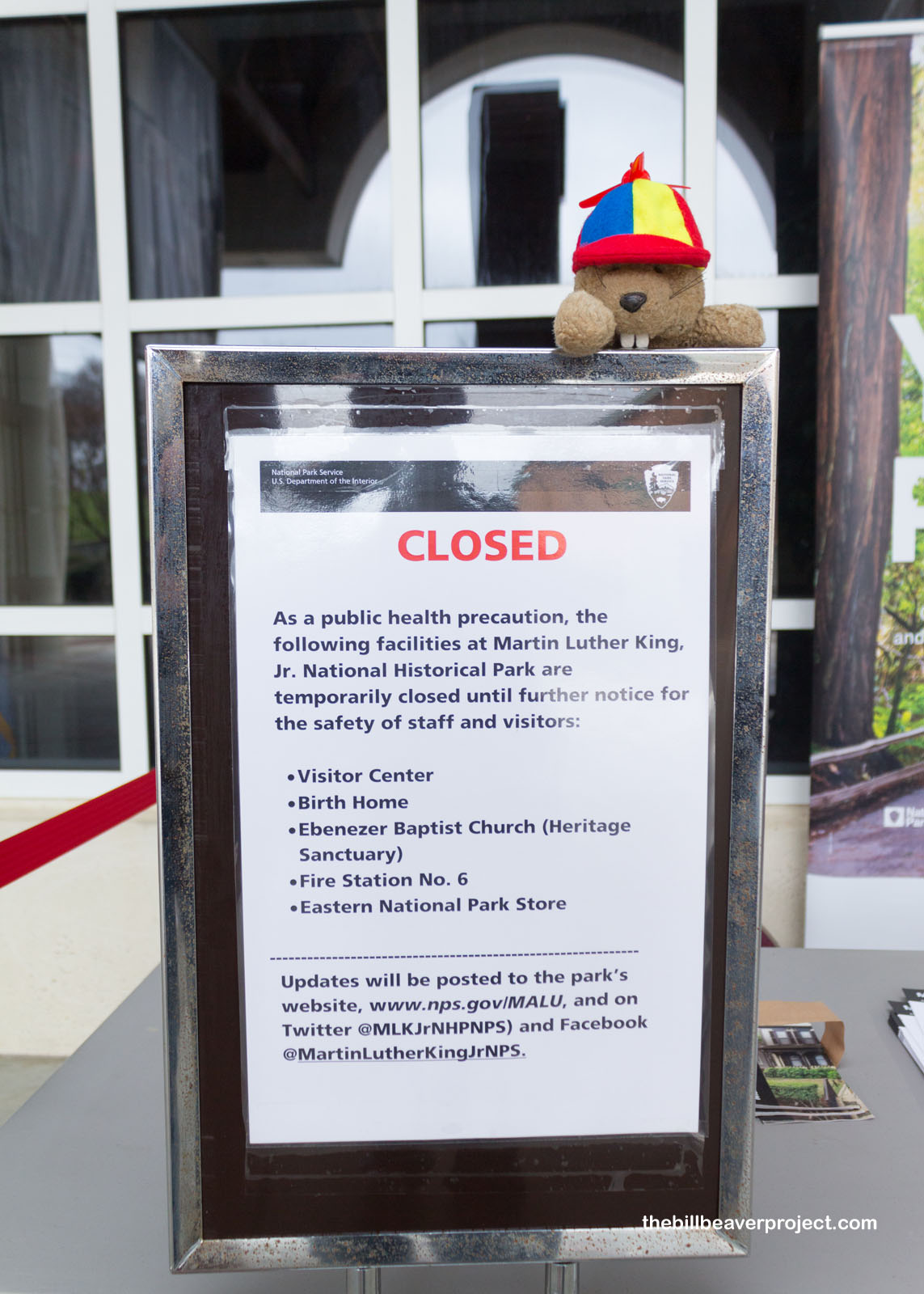 |
Like many parks, I’d be visiting exploring this one on a reverse timeline, starting with the Ebenezer Baptist Church, where a young Michael Luther King, Jr. was ordained as minister in 1948 at the age of 19. Wait, did I say Michael? Yes, folks, the “M” in “MLK” was originally Michael! When Michael, Sr., or “Daddy” King, visited Germany in 1934 (the year Ocmulgee Mounds became a national monument), he was so inspired by the work of Reformer, Martin Luther, that he changed his name and his son’s name to Martin!
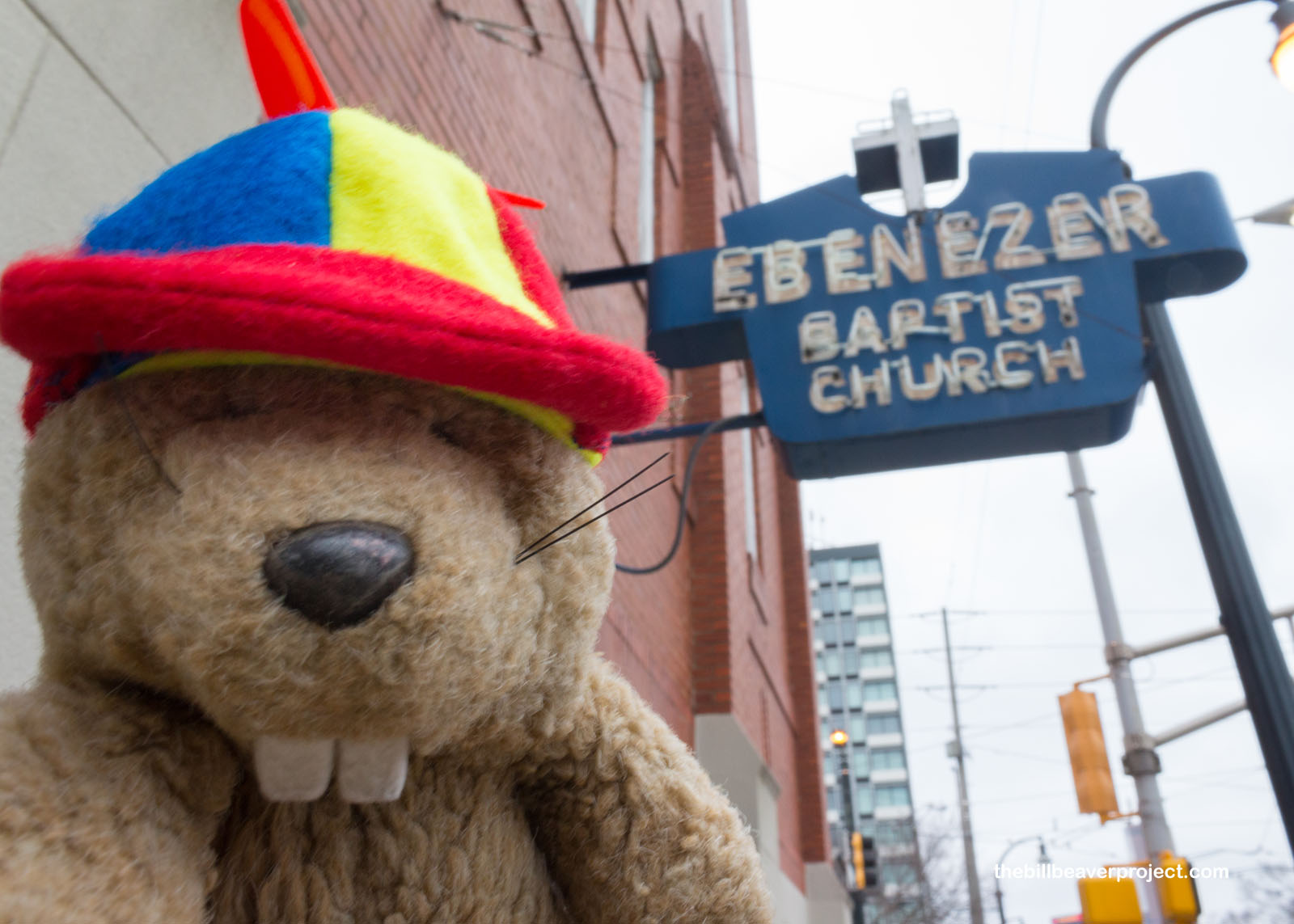 |
The Ebenezer Baptist Church bookended Dr. King’s life as the place where he began his spiritual journey and public speaking (though he got a C in public speaking his first year at seminary school). He became a co-pastor here in 1960 after six years at the Dexter Avenue Baptist Church in Montgomery, and here at Ebenezer, his funeral was held in 1968. His and Coretta’s tombs are just east of here, suspended over a reflecting pool. You’ll have to visit in person, because you know my rules about photos on hallowed ground.
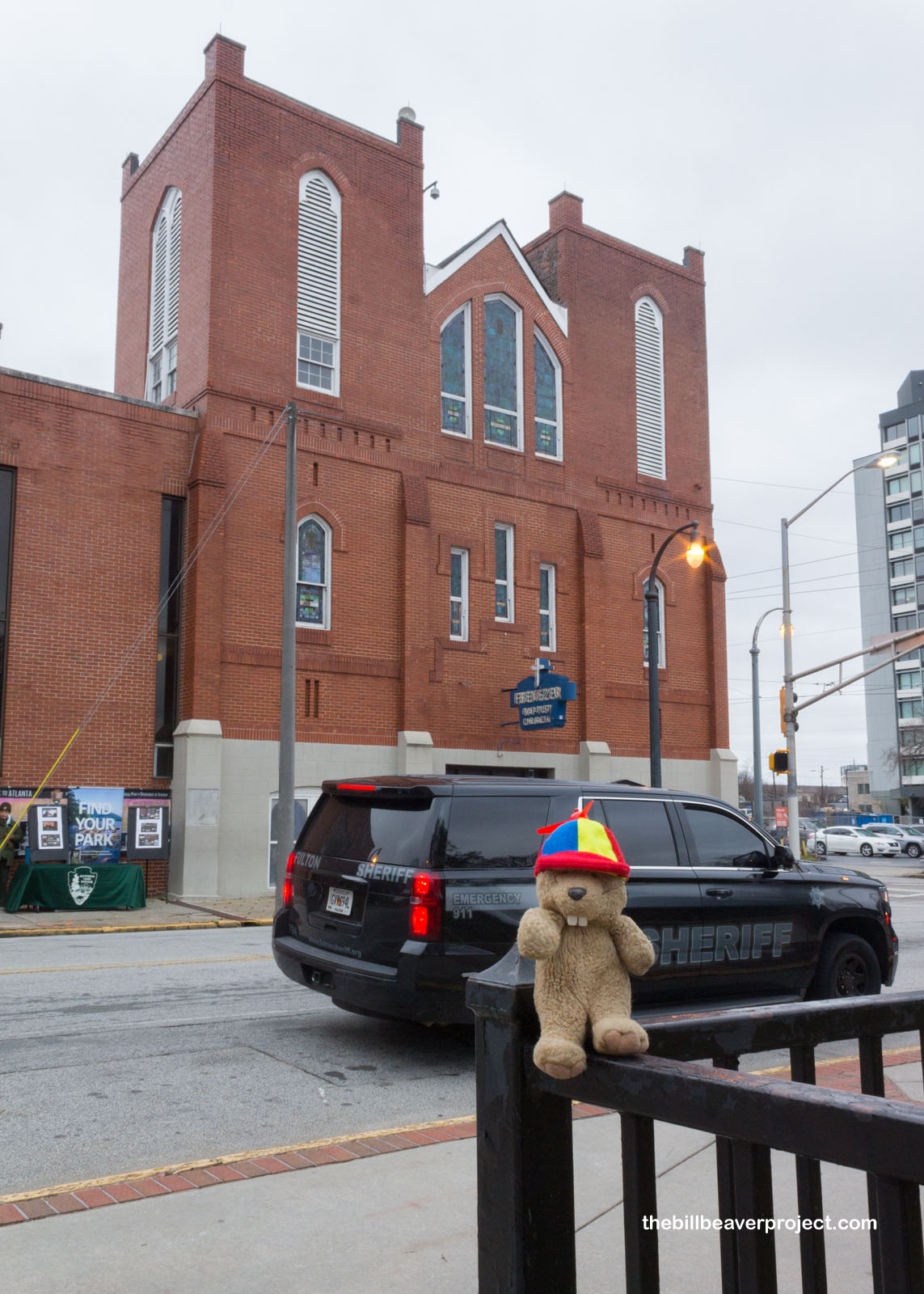 |
So I continued my eastward stroll to the park’s next historic structure: Fire Station Number 6! Not directly related to Dr. King, but influential in his neighborhood of “Sweet” Auburn, this Romanesque Revival station protected the area from 1894 all the way until 1991! When it opened, horses pulled the engines, trained to run faster when they smelled smoke! This was also the first station in Atlanta to integrate, a year before the rest of the city followed suit under the Civil Rights Act of 1964!
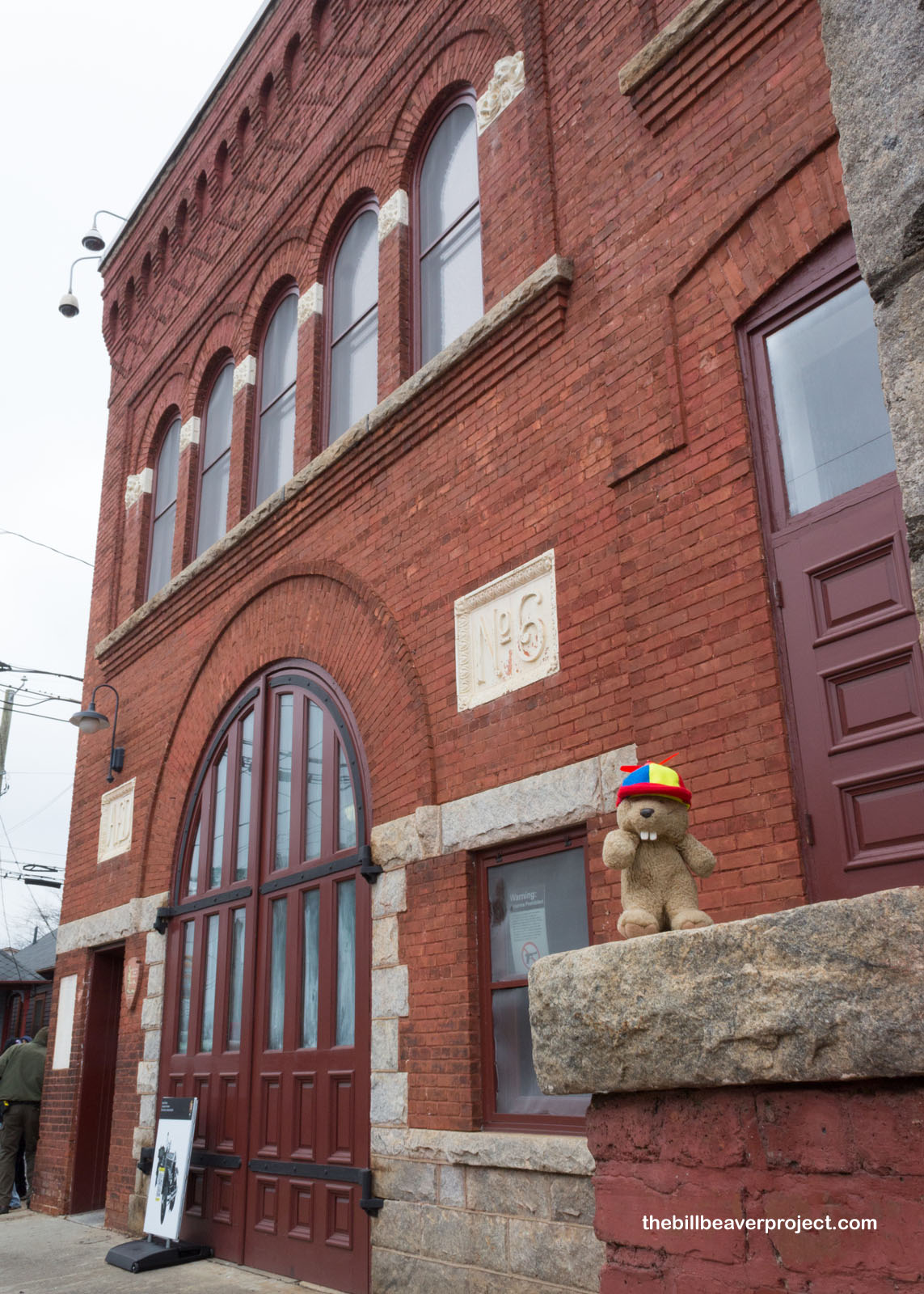 |
Past the fire station, where young Michael King used to play basketball, I entered his childhood neighborhood, with its long, narrow “shotgun houses.” This kind of house is very old, though its exact origins are still being debated. What is clear is the earliest known use of the term “shotgun house” appeared in a classified ad in the Atlanta Journal-Constitution, dated to August 30, 1902! These ones were built for white mill workers by the Empire Textile Company, but after the Atlanta race riot of 1906, white residents moved out, and Black residents began renting out these homes.
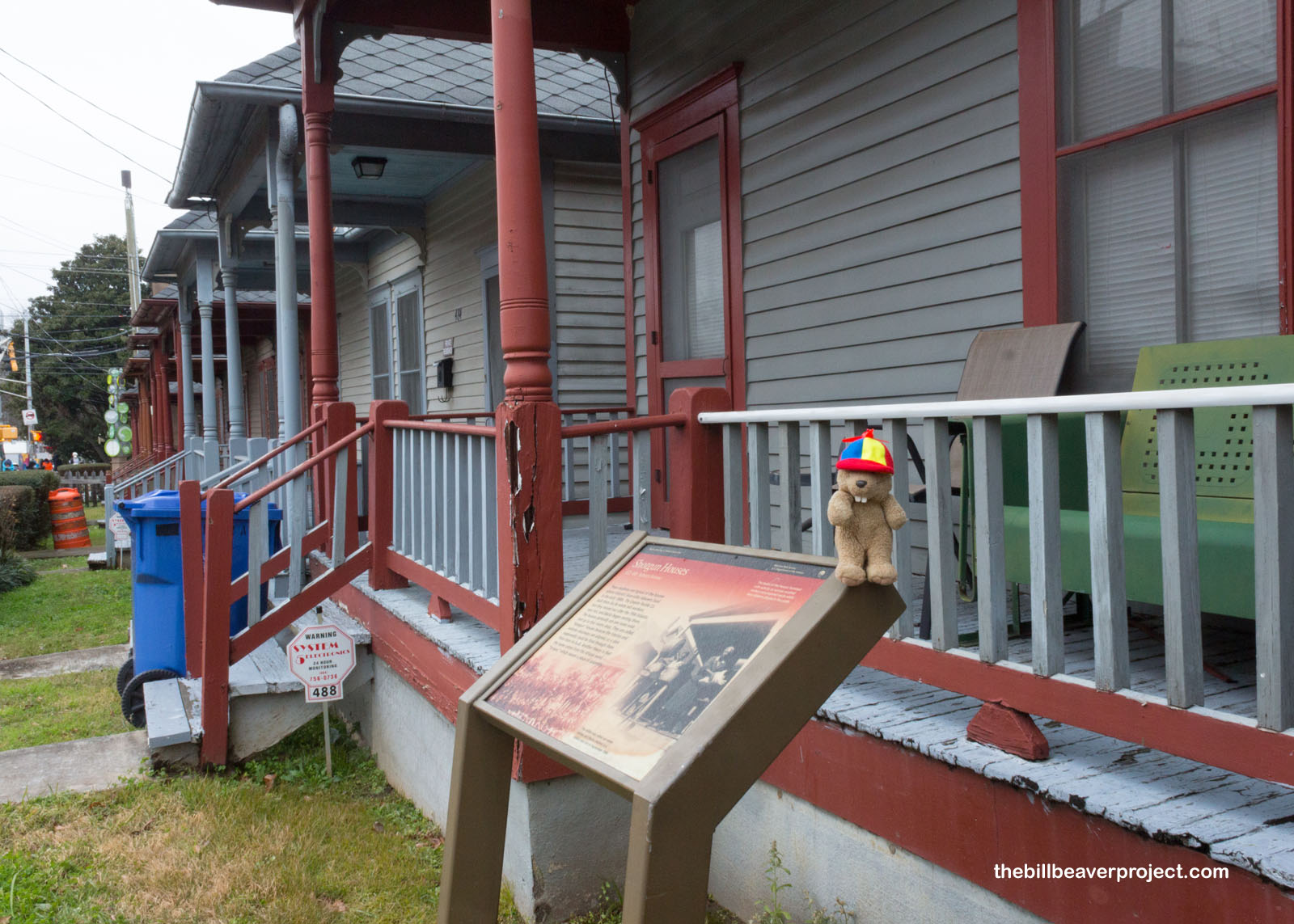 |
This shift is how the Kings came to own the Queen Anne style house where Michael/Martin was born on January 15, 1929 and where he lived with his siblings, Willie and Alfred, for the first twelve years of his life! It was Rev. Daniel Williams who bought this home from a white family in 1909 for $3,500, and it was Rev. Williams’ daughter, Christine, who married Michael, Sr. and became mother to the preacher and civil rights crusader we celebrate today!
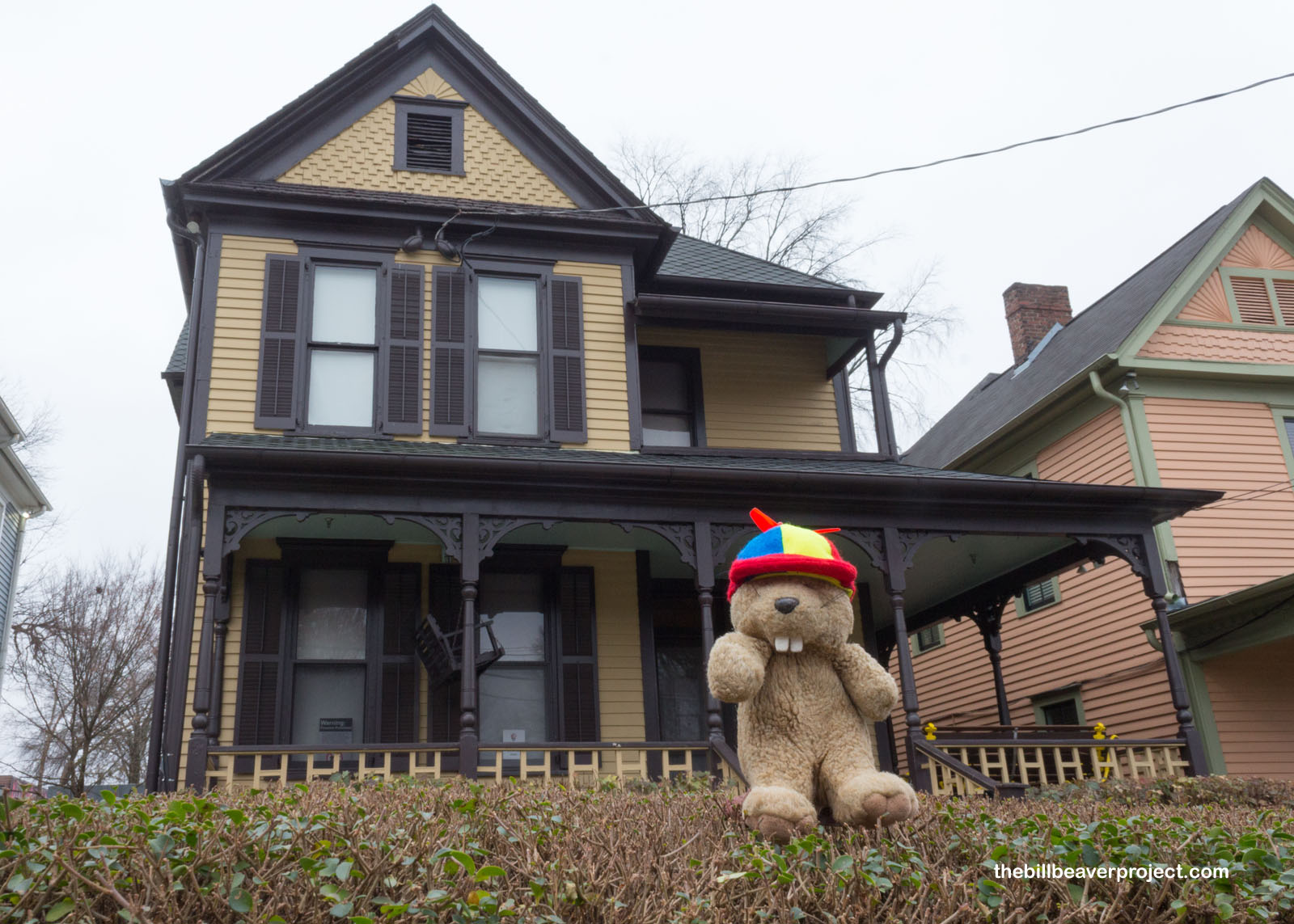 |
By now, the crowds were building a little much for my liking, and though that led to a neat conversation with Kourtney the Nature Junkie (follow her on Instagram), I decided to cap the day with a turn about downtown ATL, starting with the Georgia State Capitol, built over the old city hall from 1885 until 1889 and designed in the Neoclassical Renaissance Revival style by Willoughby J. Edbrooke and Franklin P. Burnham! It’s one of the rare capitol buildings that was actually completed under budget, by about $118.43!
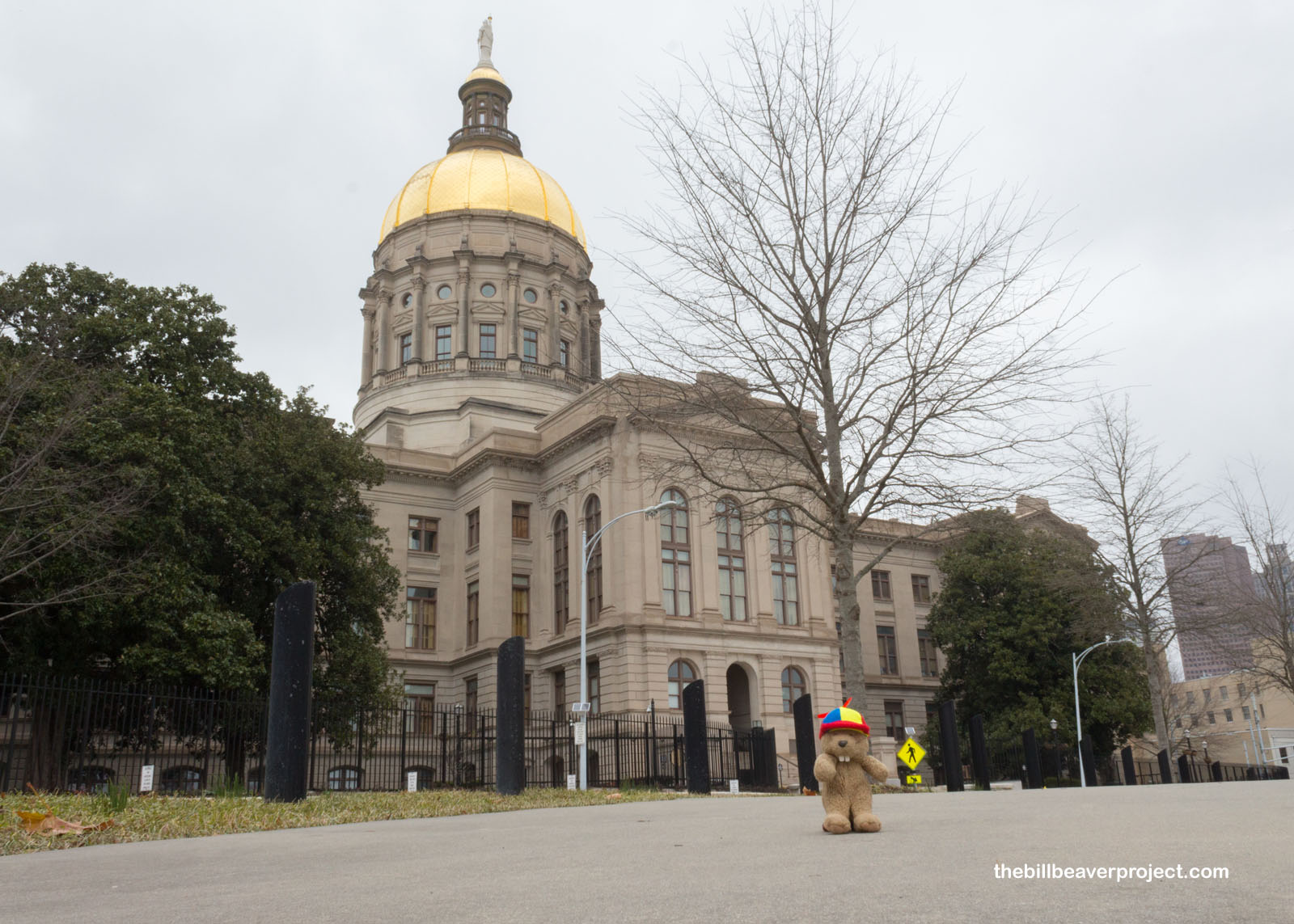 |
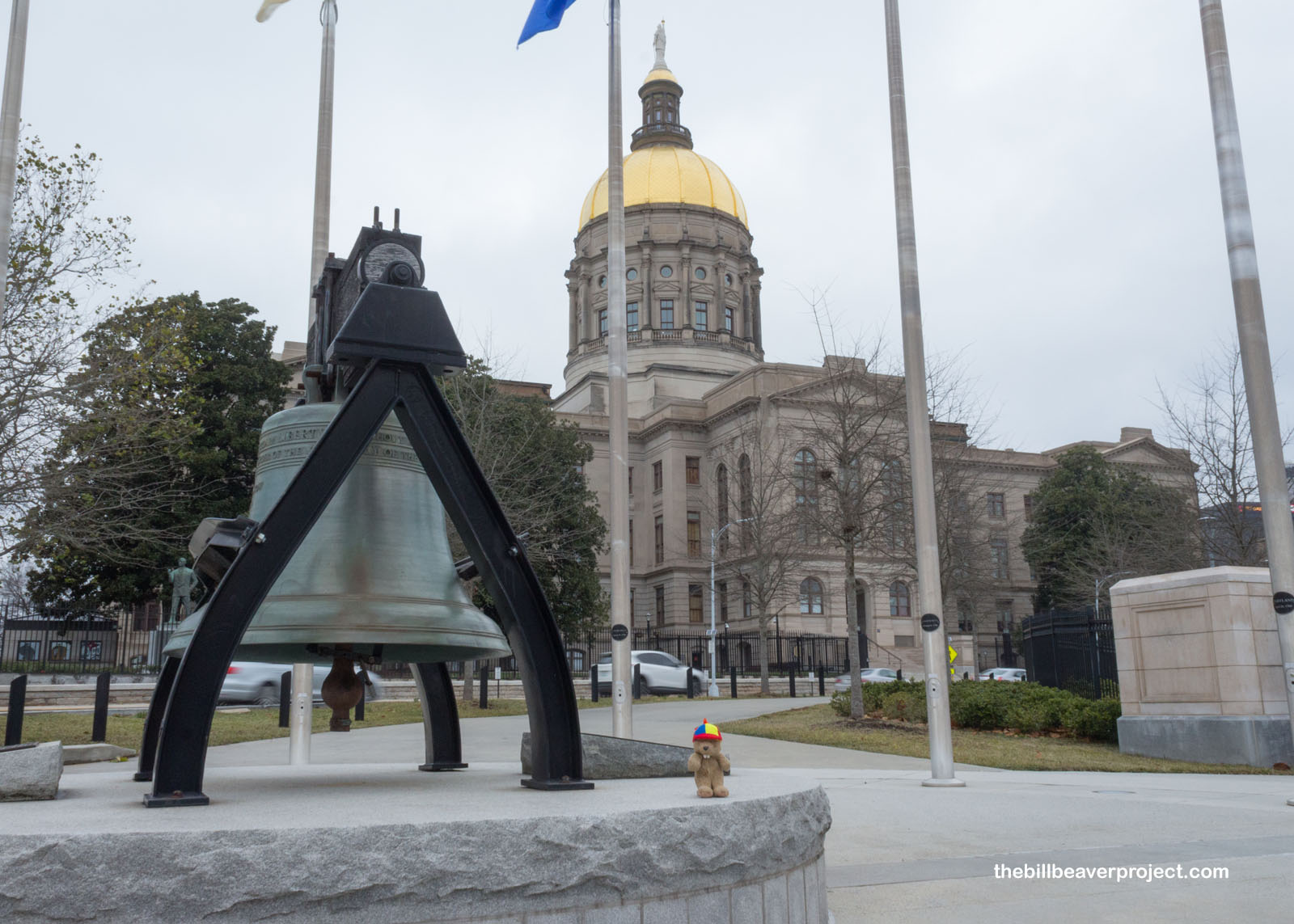 |
During capitol construction, the first ever bottle of Coca-Cola sold for 5 cents at Jacob’s Pharmacy, now a Walgreens, on May 8, 1886! Created by pharmacist, John Pemberton, and built into a corporation by Asa Candler, this fizzy soda originally contained two stimulants: the “Coca” from cocaine, and the “Cola” from the caffeinated kola nut! Though cocaine was phased out of the formula by 1929, this stimulating soda was popular during Prohibition as a “soft” drink, an alternative to “hard” liquor! Today, Coca-Cola is one of the most recognizable products in the entire world!
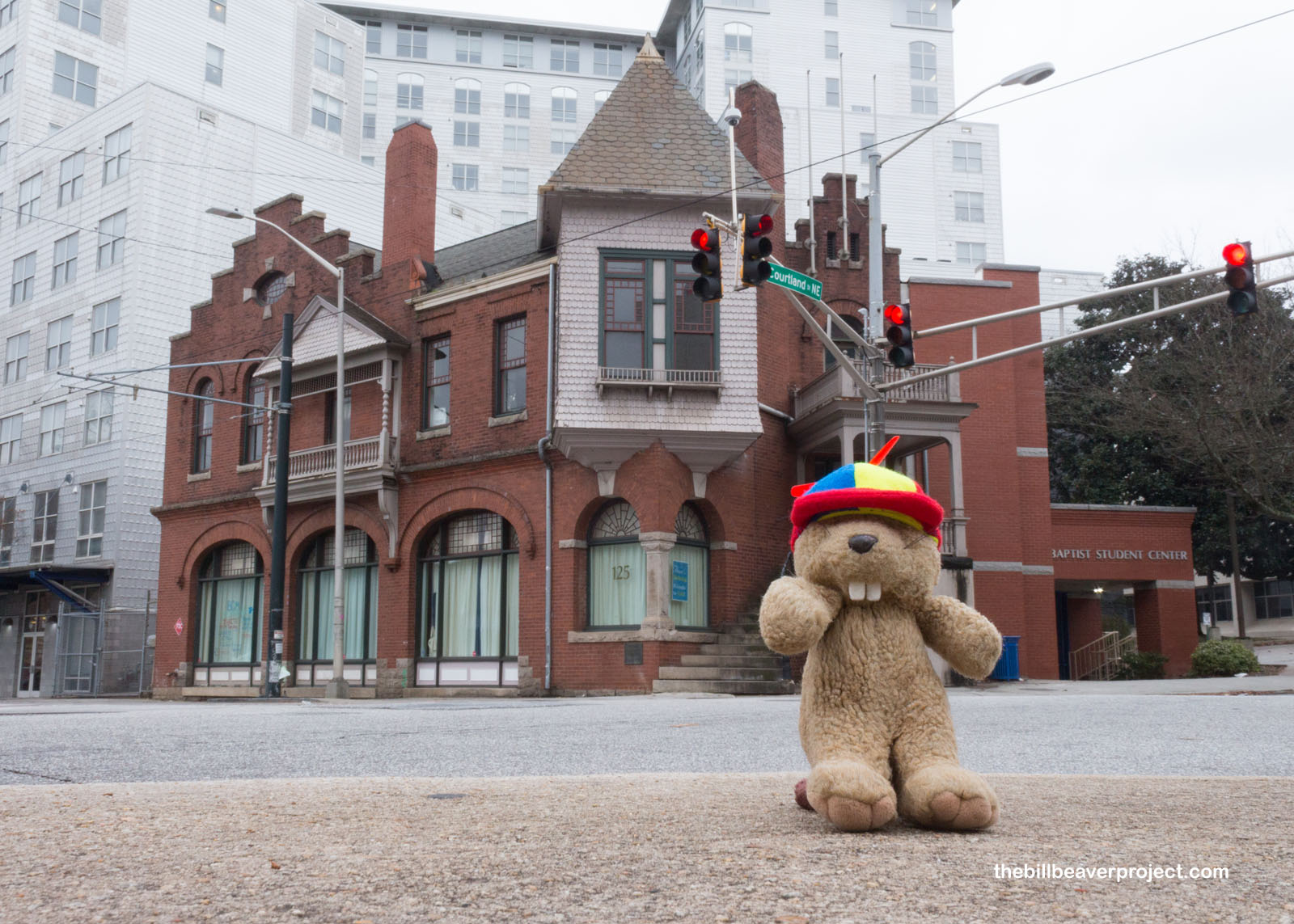 |
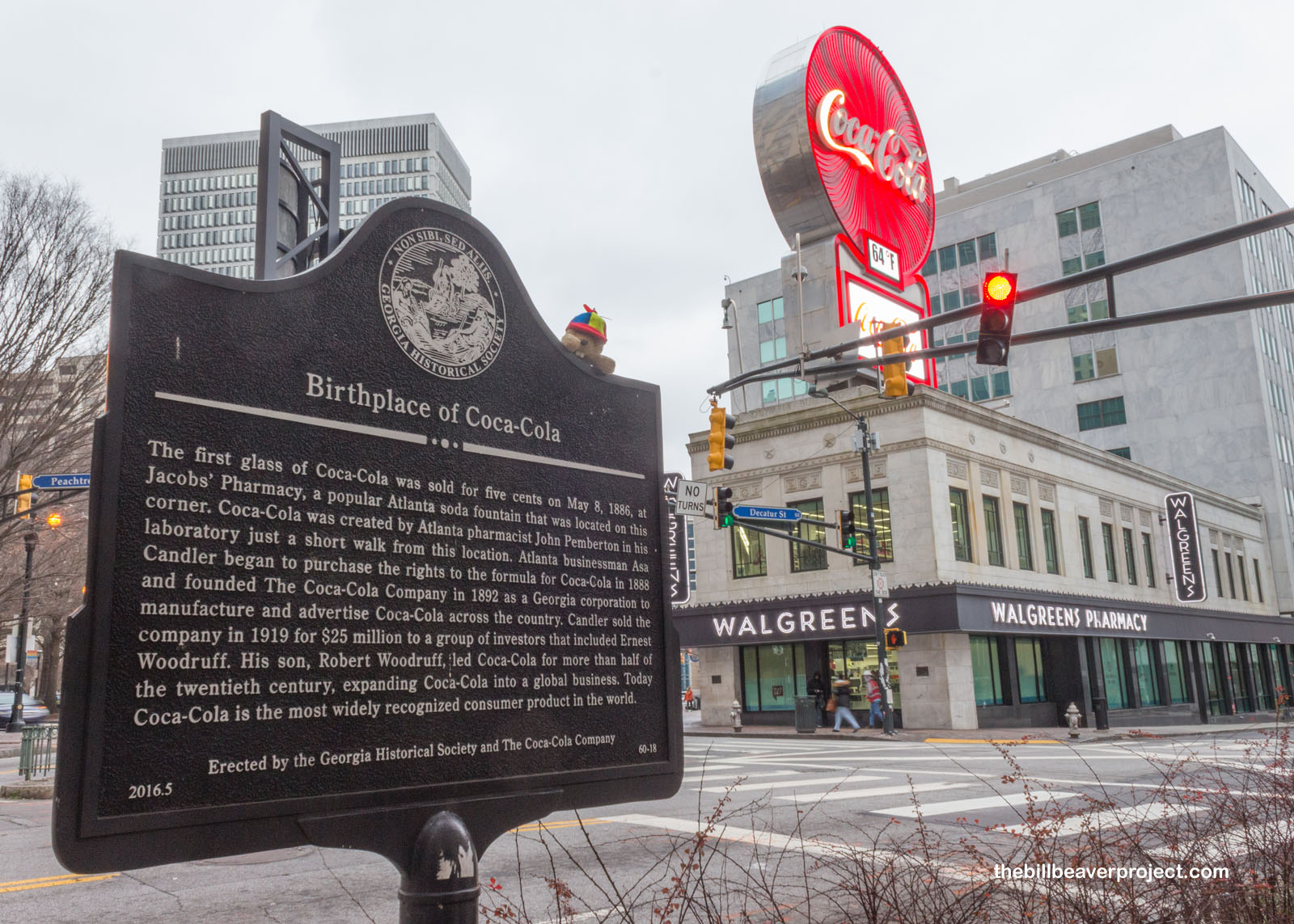 |
Coca-Cola is also surprisingly relevant to current affairs! See, Coca-Cola chairman, Robert Woodruff, was also a board member at Emory University, and in 1947, he encouraged the university to donate 15 acres of land to create a campus for the newly formed Communicable Disease Center, or CDC! Originally founded to combat malaria, the campus we now call the Centers for Disease Control (still CDC) was built between 1955 and 1960 for the sum of $12 million!
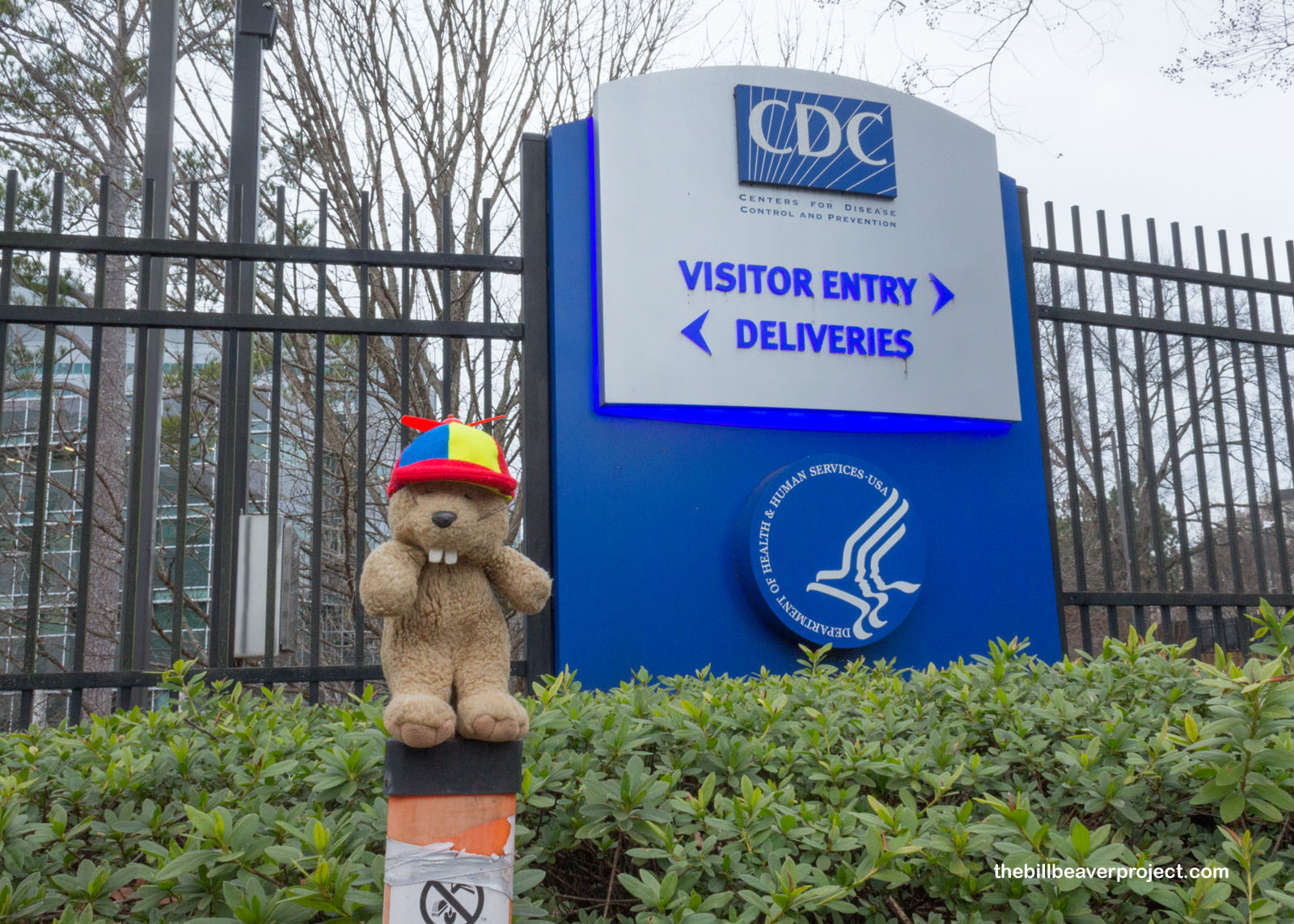 |
Though there’s no visitor access during a pandemic, the CDC campus has neat panels detailing its history, decade by decade, combatting malaria in the ’40s, polio in the ’50s, measles in the ’60s, smallpox in the ’70s, AIDS in the ’80s, hantavirus in the ’90s, anthrax in the 2000s, and lead poisoning in Flint, Michigan in the 2010s. These are, of course, examples out of dozens of projects managed by the CDC, which studies maladies, cures, and the messaging to keep the public informed! Their latest challenge, of course, has been to navigate the COVID-19 pandemic, now in its second year.
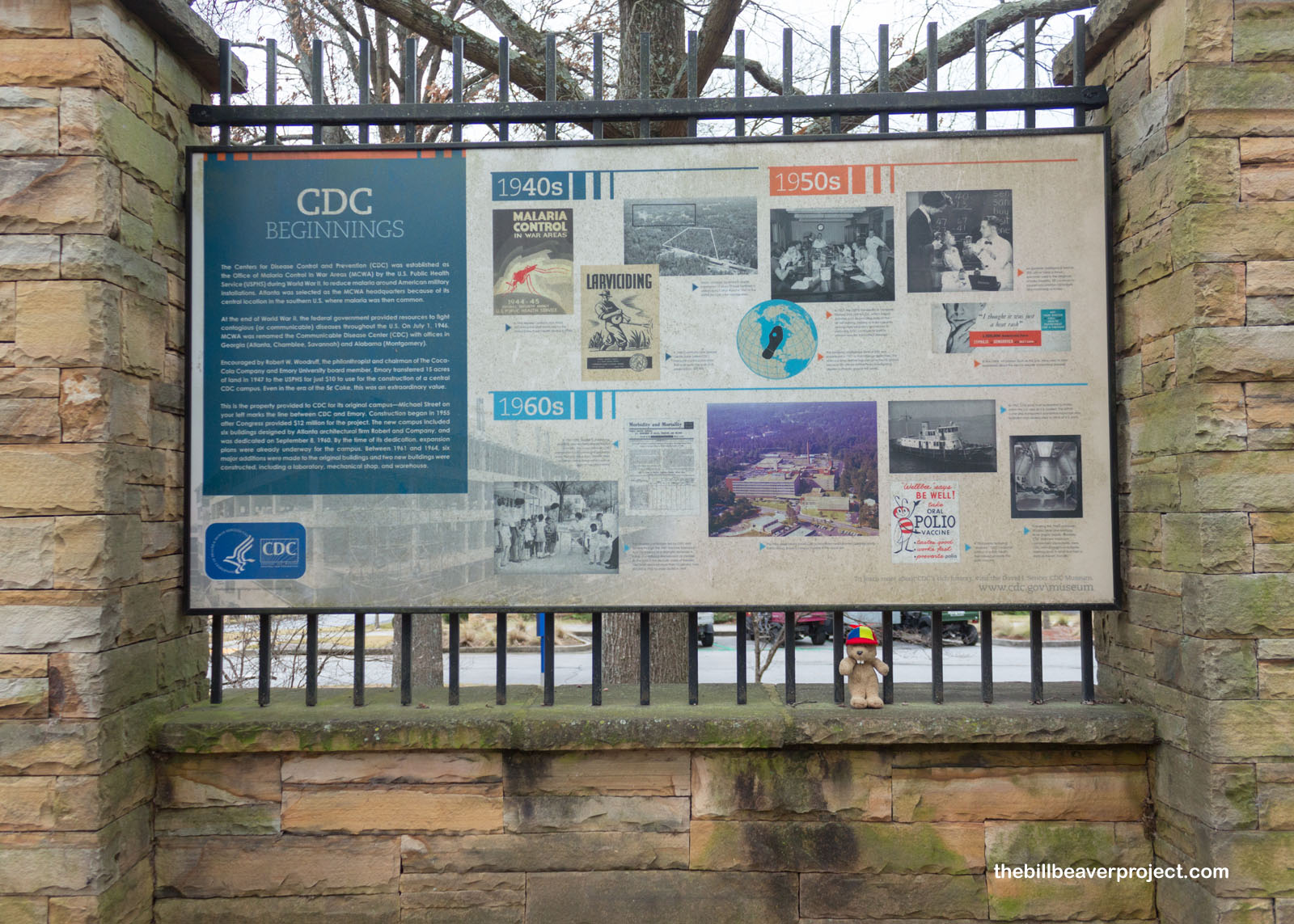 |
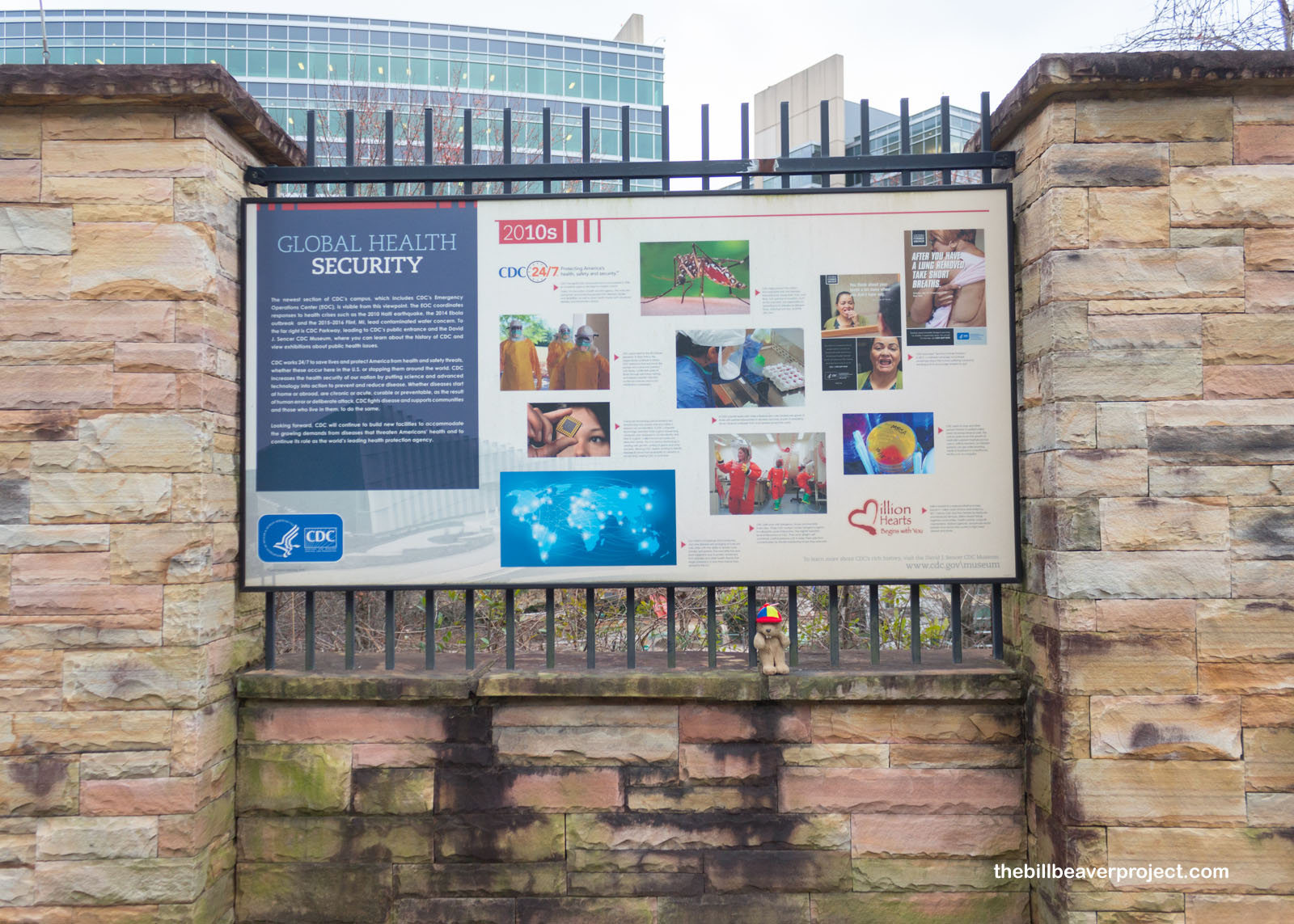 |
After keeping my eyes glued to CDC guidance since early 2020, it was kind of eerie standing at the Center’s doorstep on this cloudy evening. I’m glad they’re around to do the work, but I hope they won’t have to be in the headlines so much by this time next year!
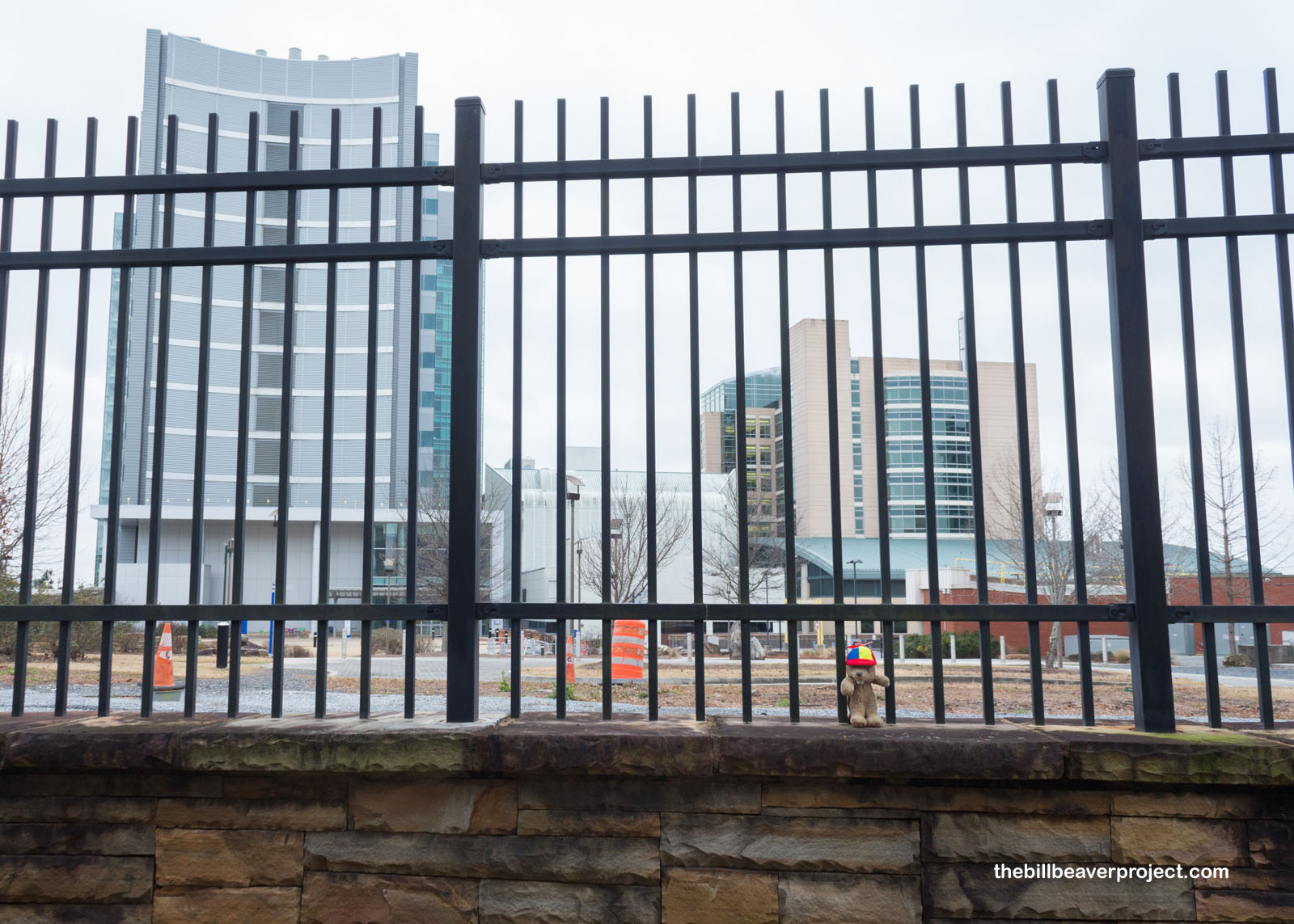 |
Not far from the CDC Campus, I concluded my MLK Day adventure with a more thematic landmark: the site in Decatur where Dr. King was sentenced to four months of hard labor on October 25, 1960 for protesting segregation at Rich’s Department Store, violating his parole for driving in Georgia with an Alabama drivers license. When John and Robert Kennedy freed Dr. King from jail, it brought national attention to the Civil Rights movement and encouraged many Black voters to change political parties. This helped JFK into office and set the stage for new civil rights legislation!
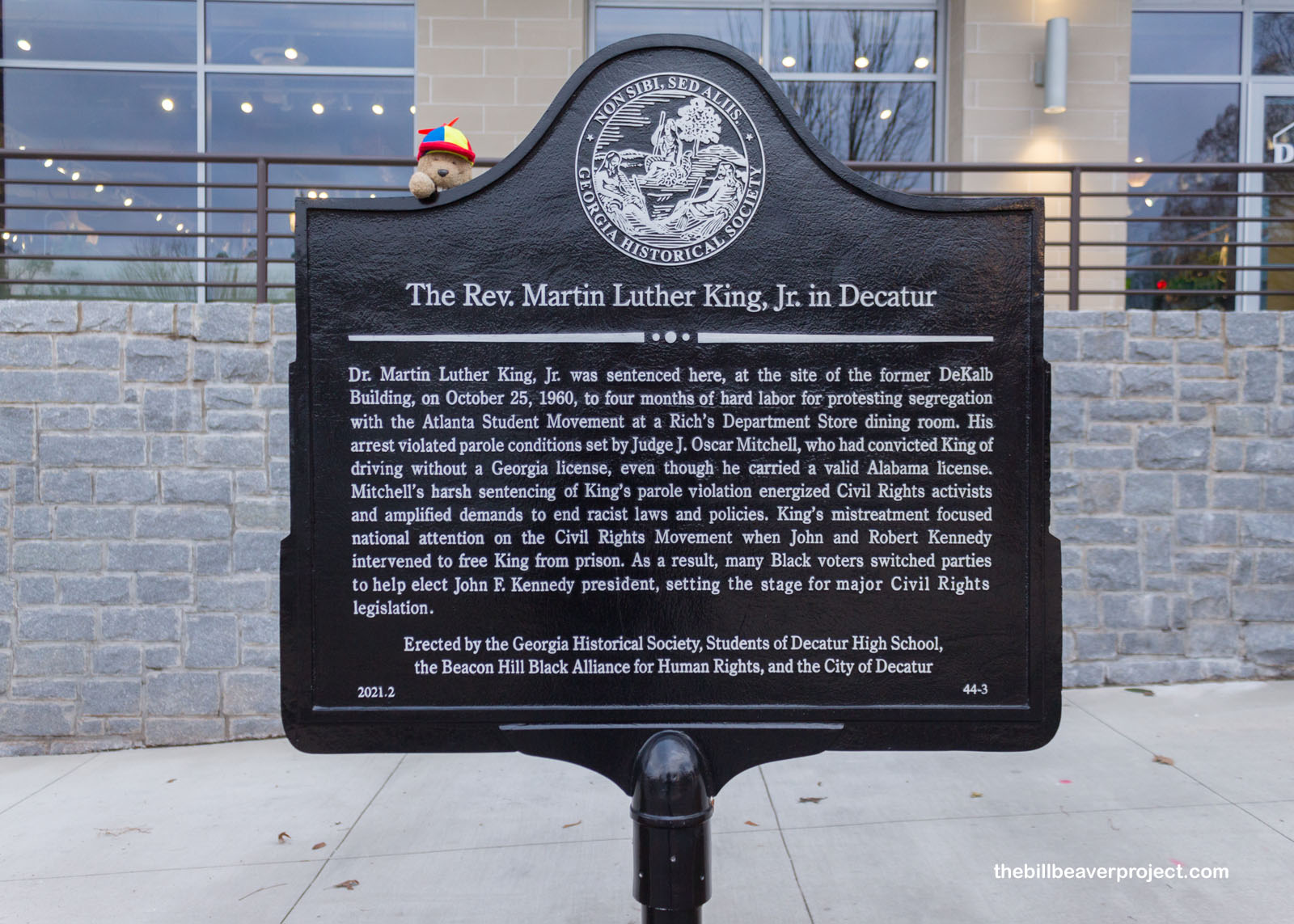 |
Today was a humbling day of history, and far from just a Monday holiday. Beyond the magnificent mounds of Ocmulgee, it was really something to visit sites important to Dr. King on his holiday, and to learn about how the Atlanta phoenix has shaped US history since it burned in 1864. Still January, and quite chilly, I had to head indoors, but I definitely intend to explore more Atlanta history tomorrow!
Stay peachy!

 Previous Day |
Total Ground Covered:* 971.3 mi (1,562.1 km) *This includes my 224-mile drive from Montgomery, AL to Macon, GA, which I didn’t blog about. |
 Next Day |
